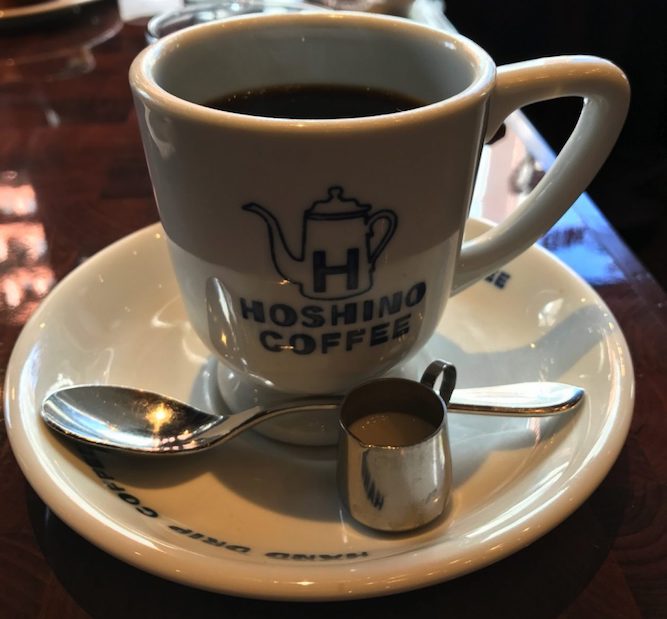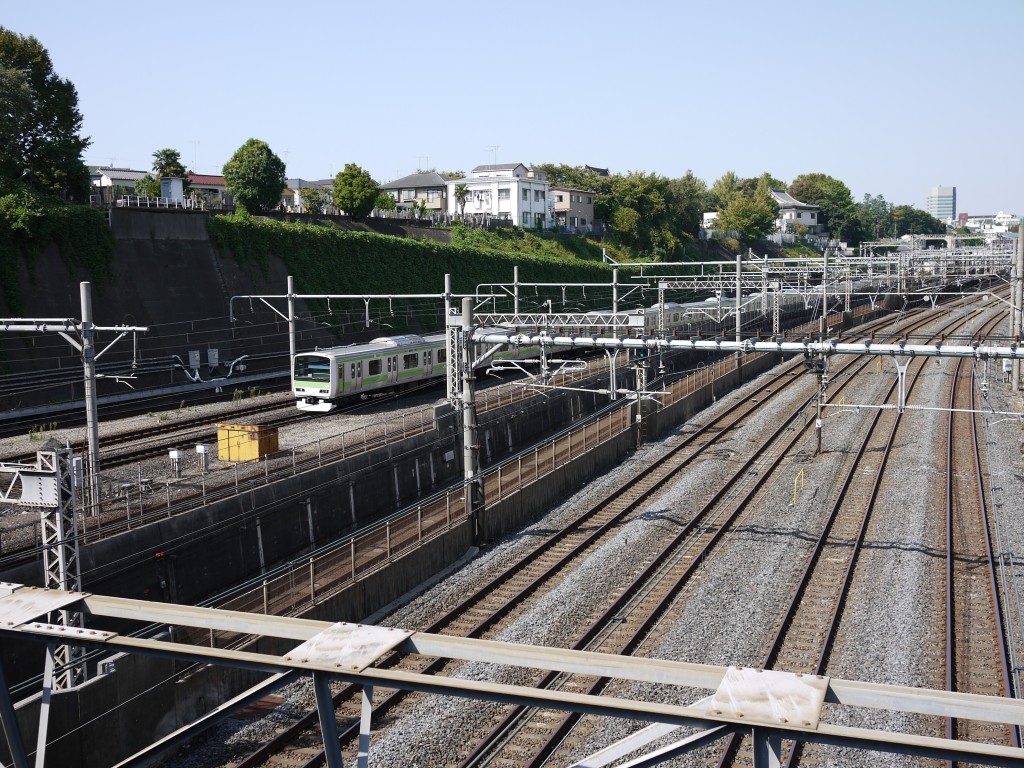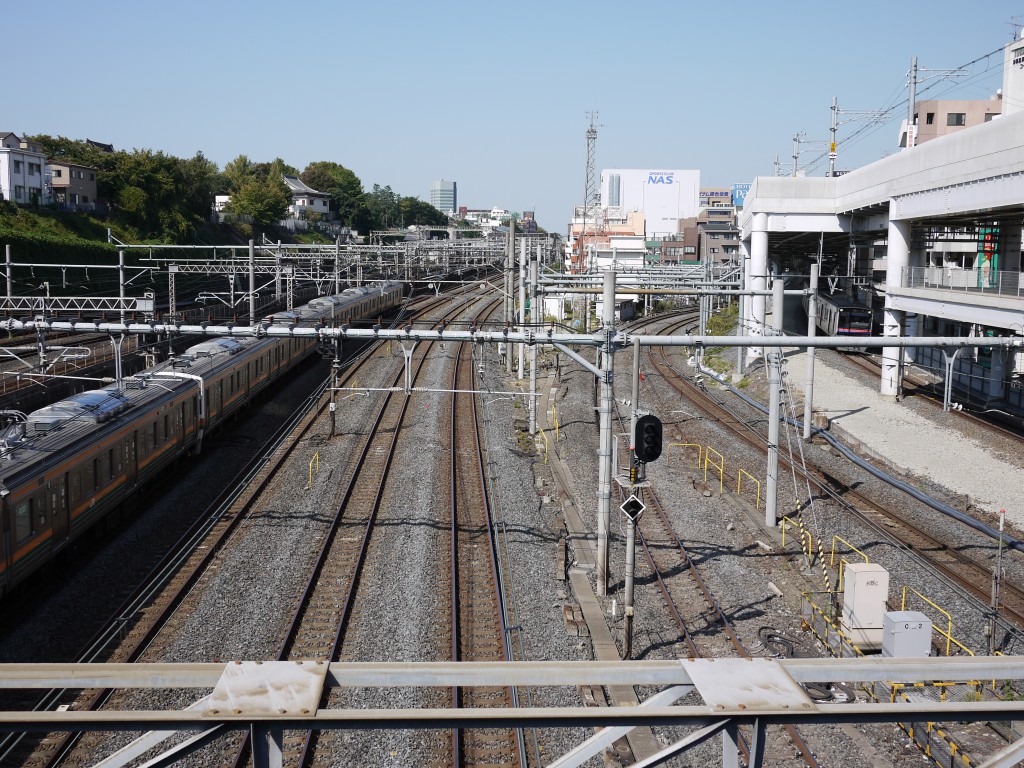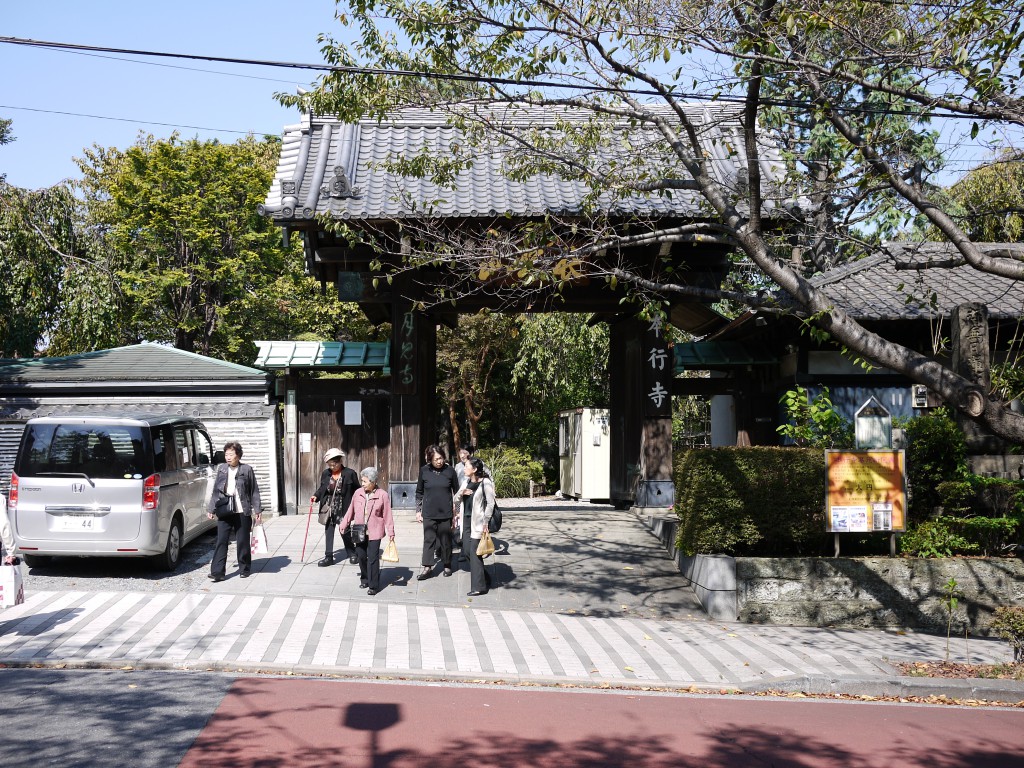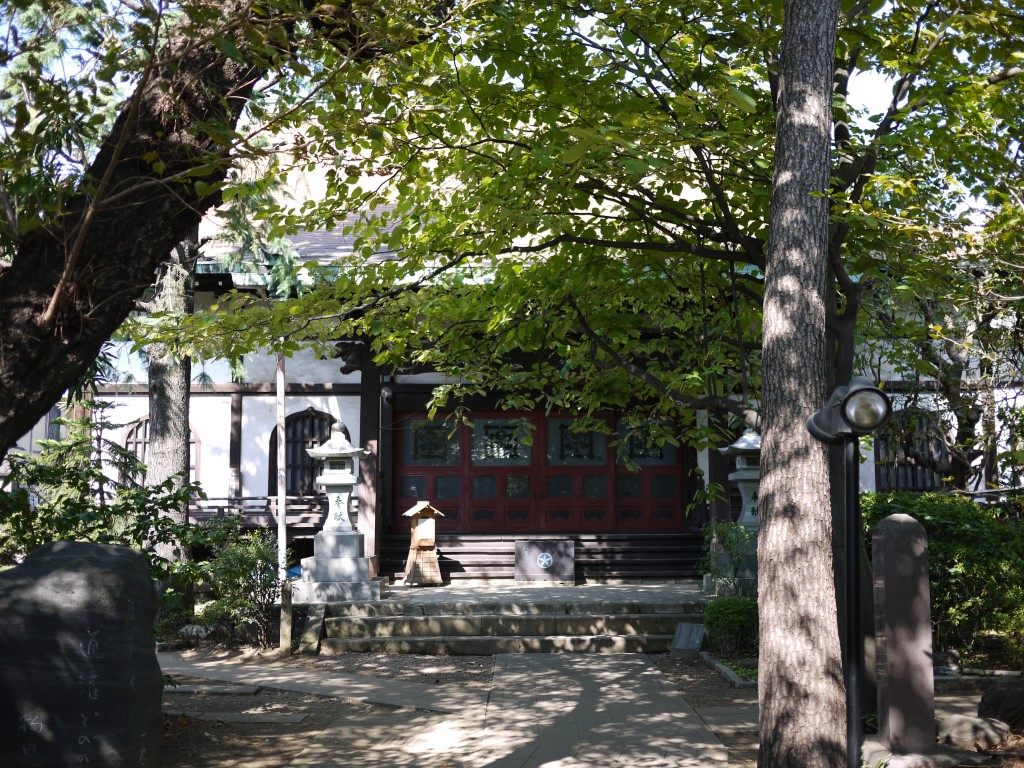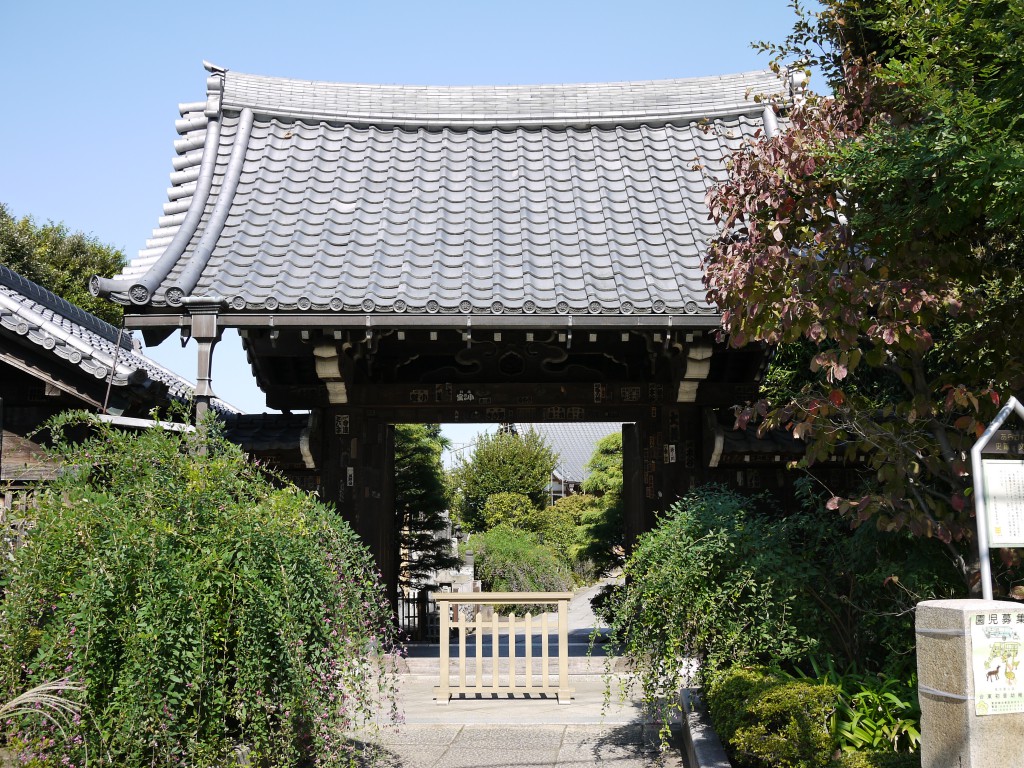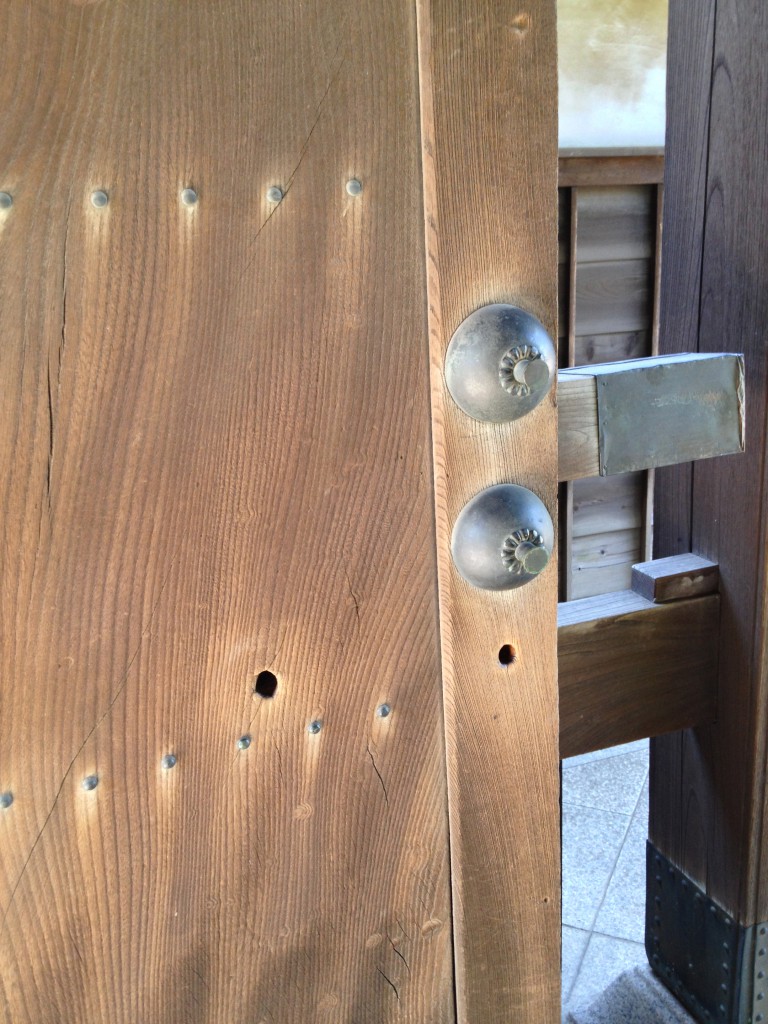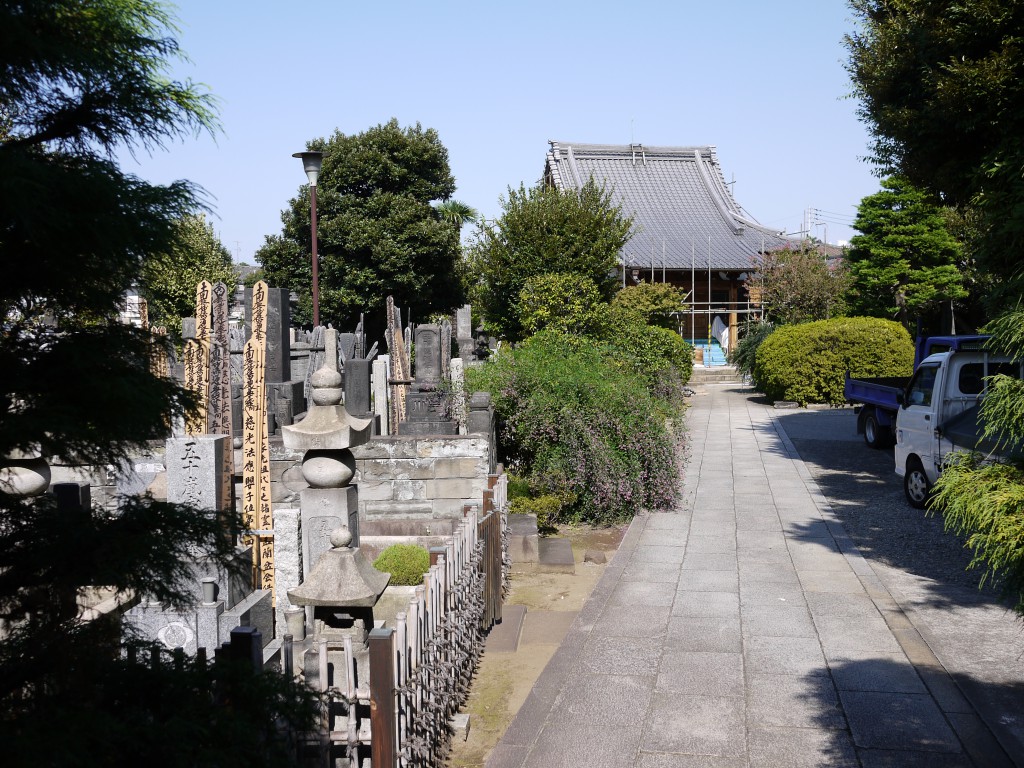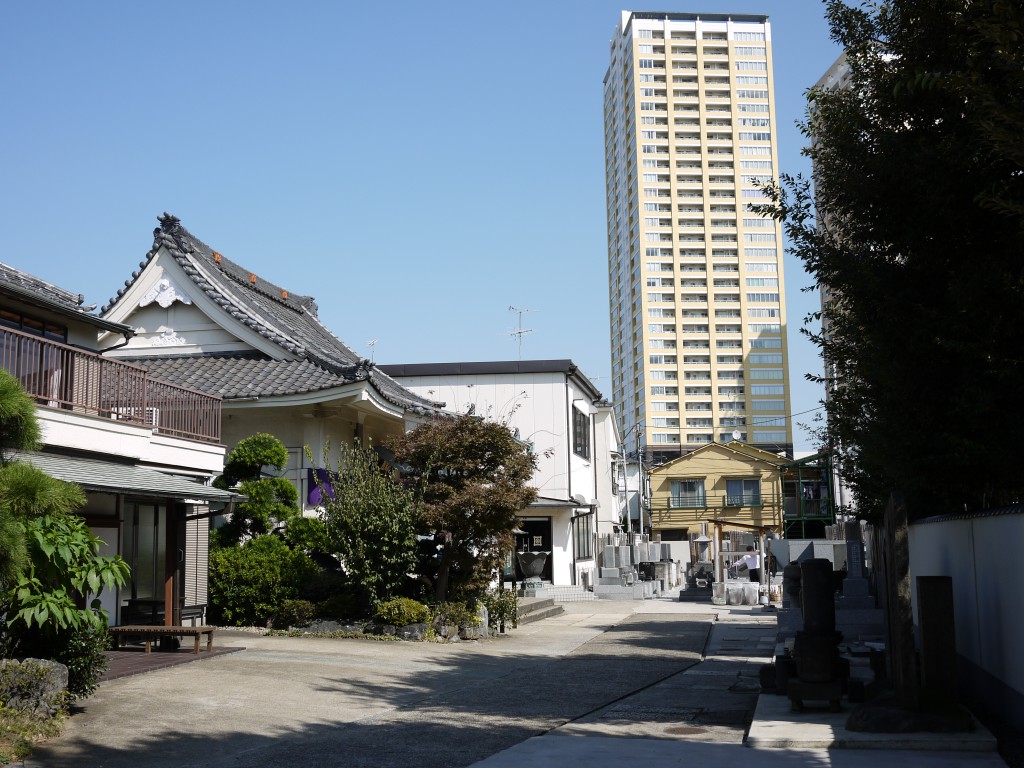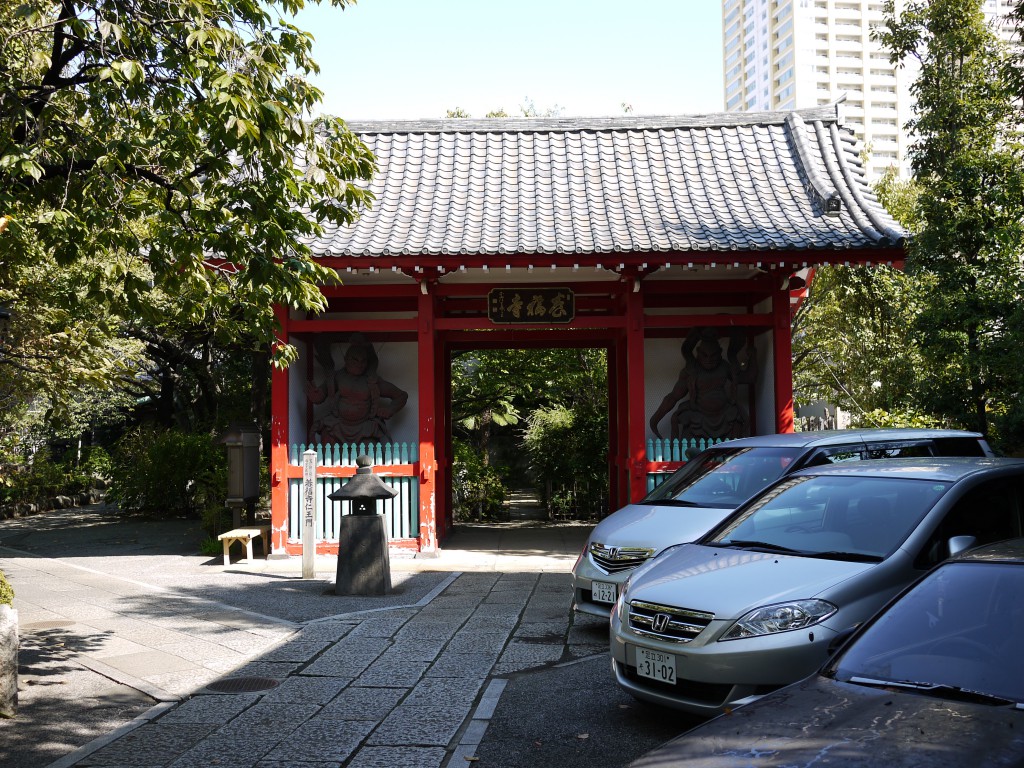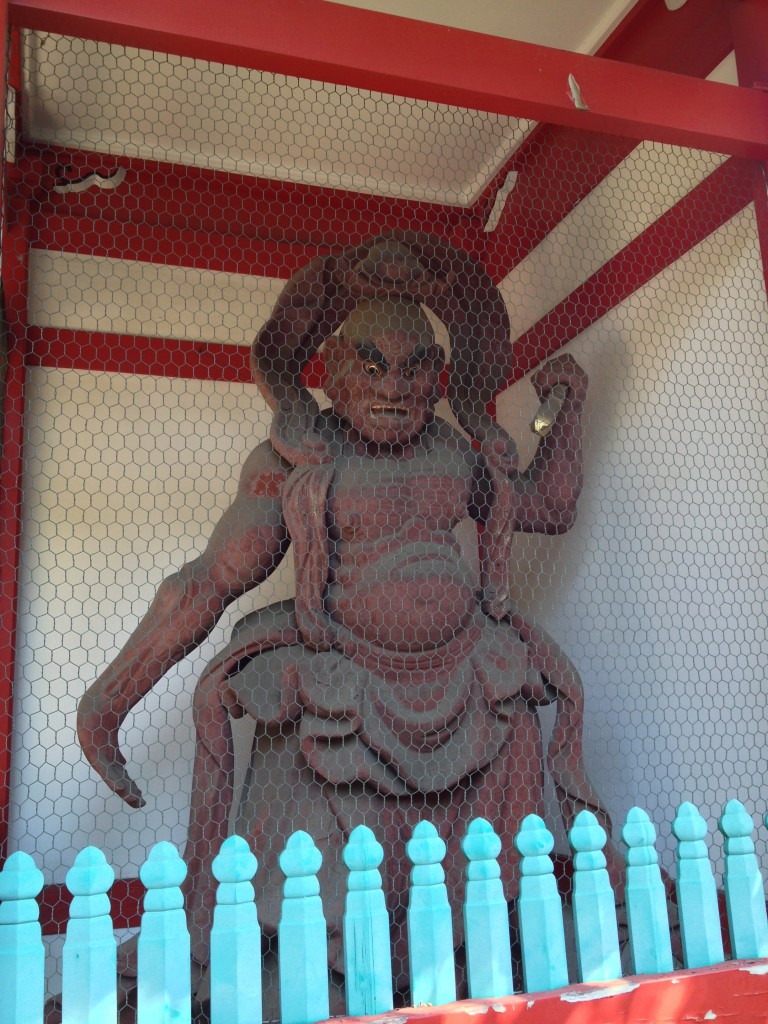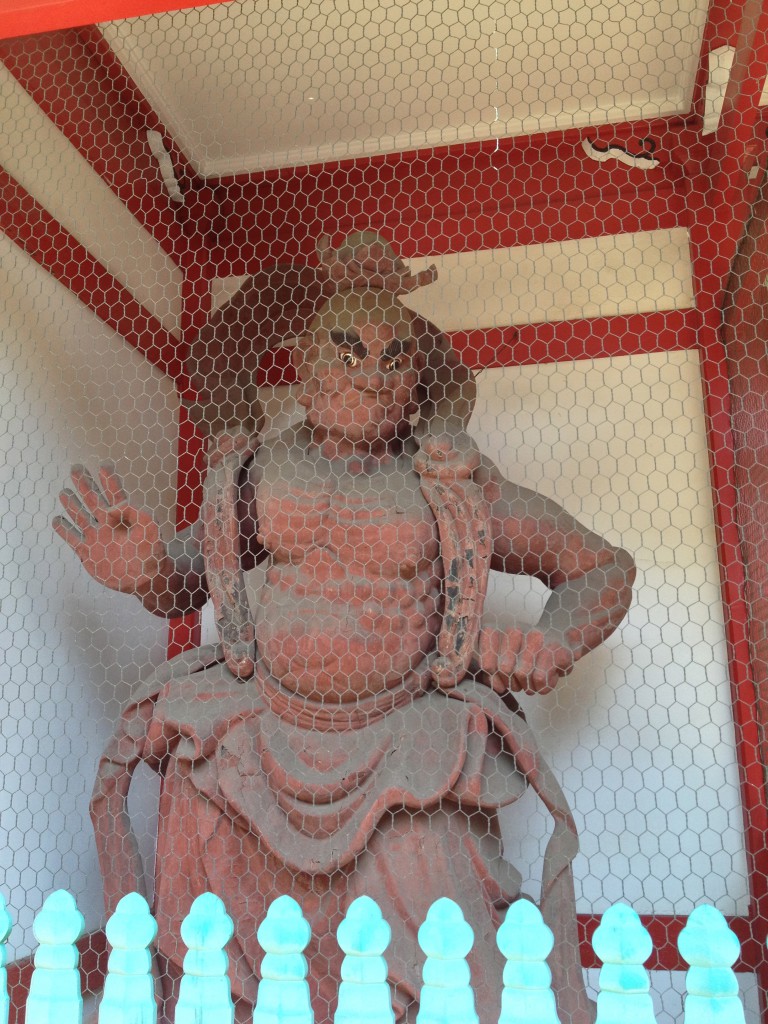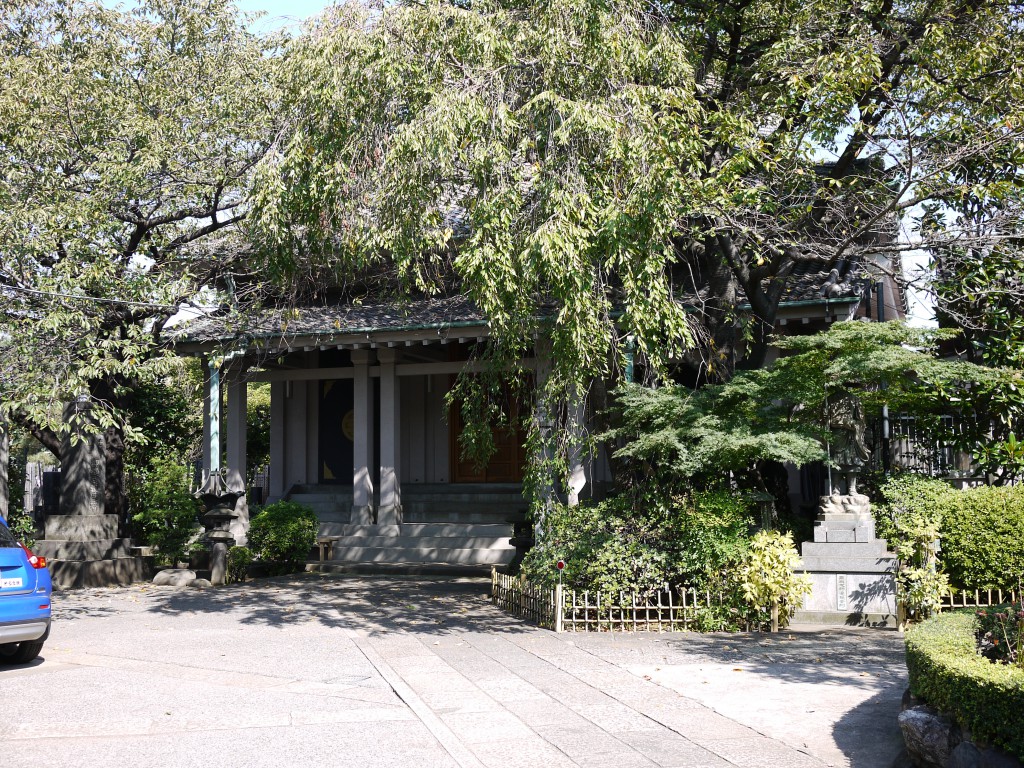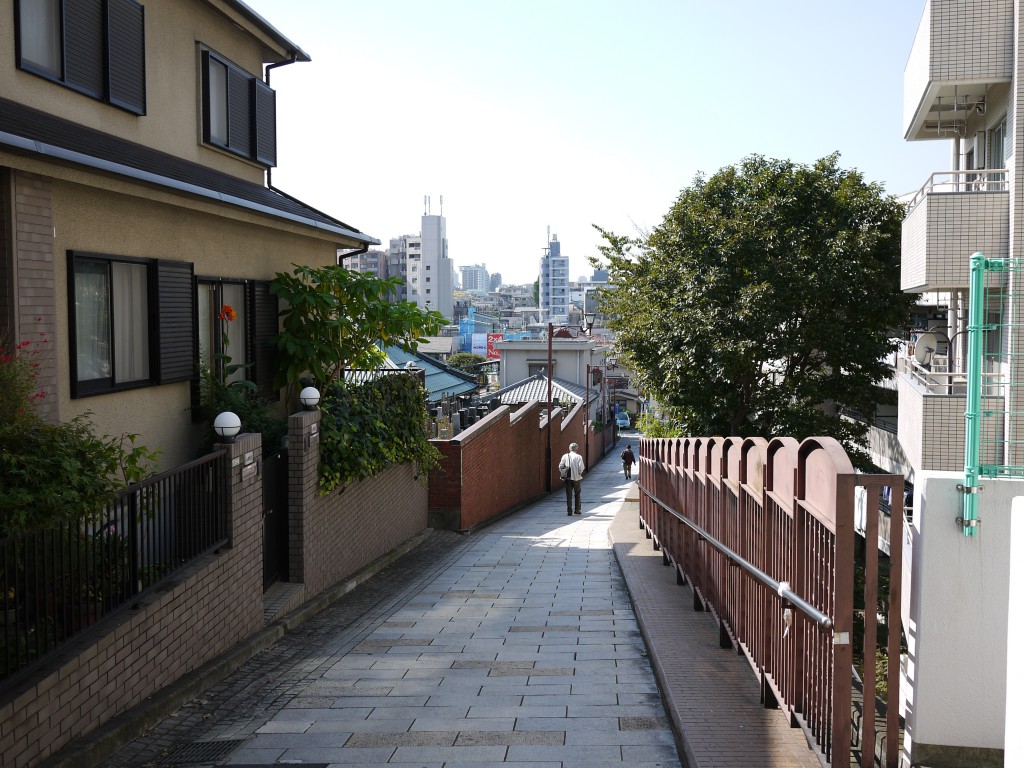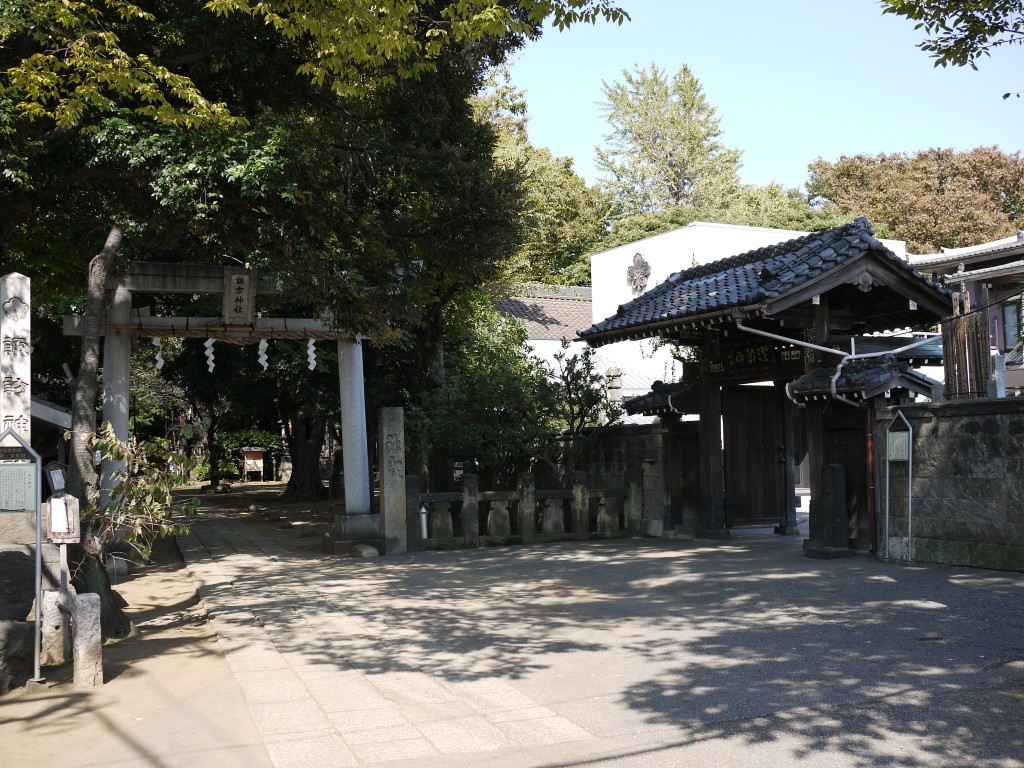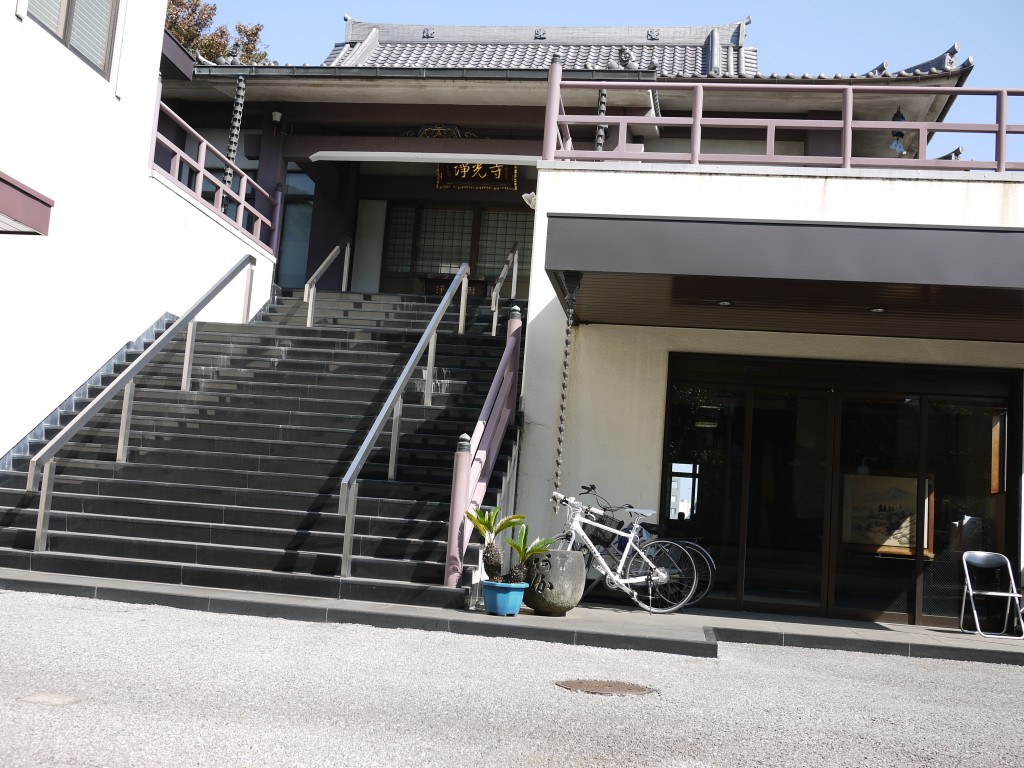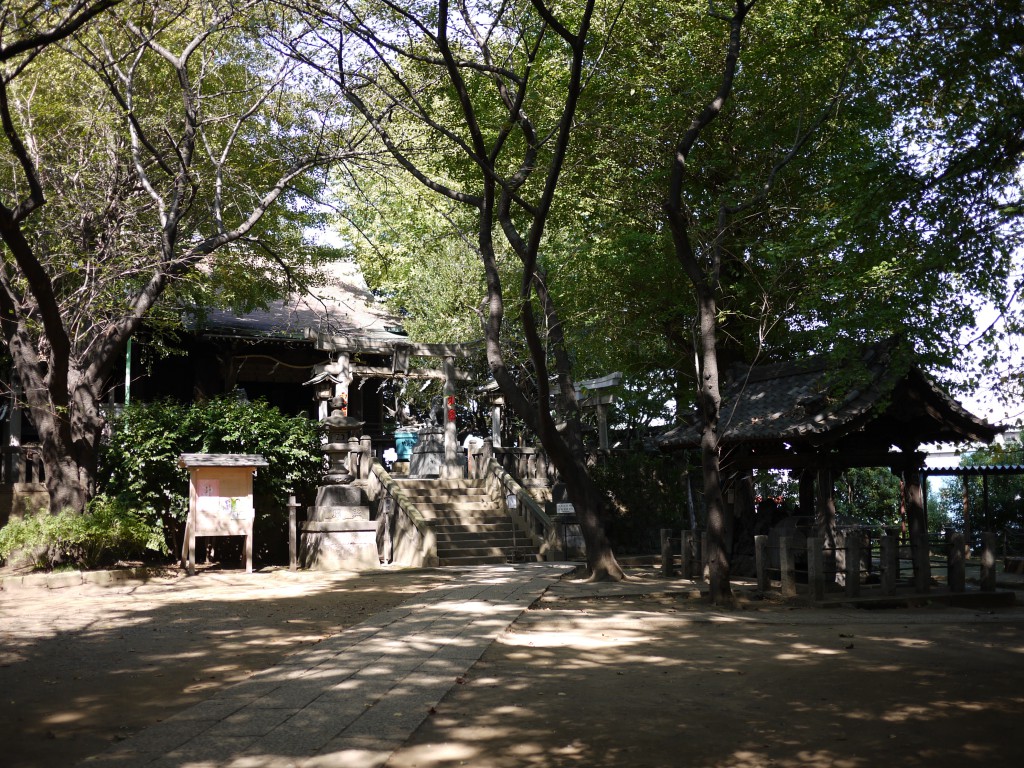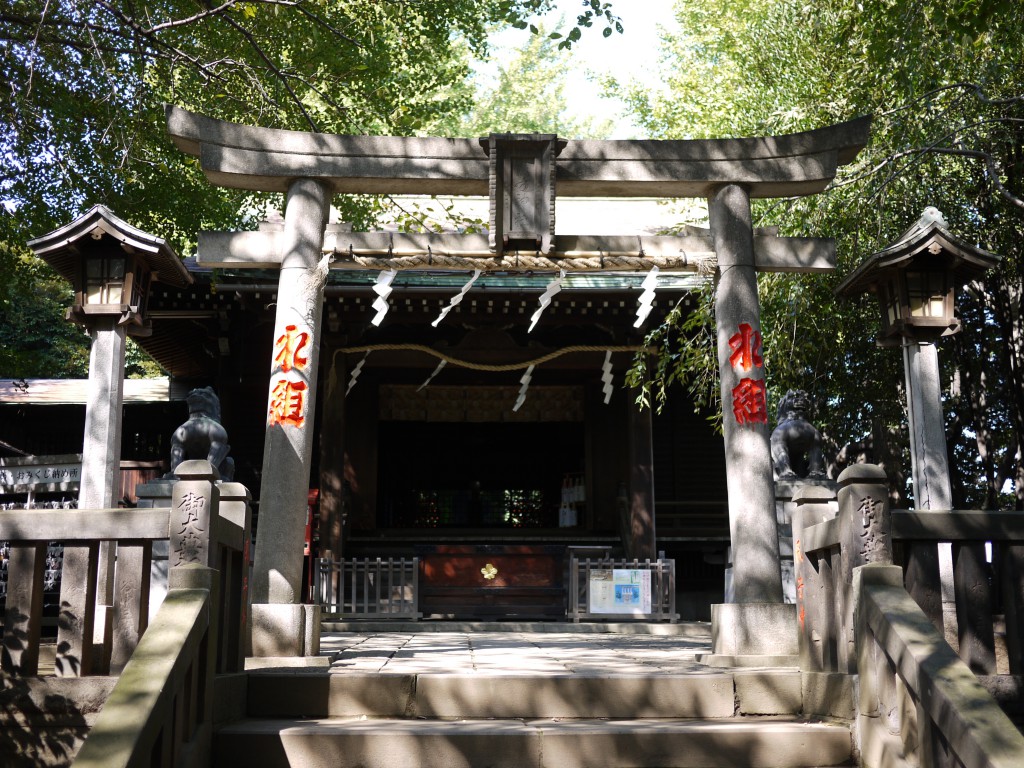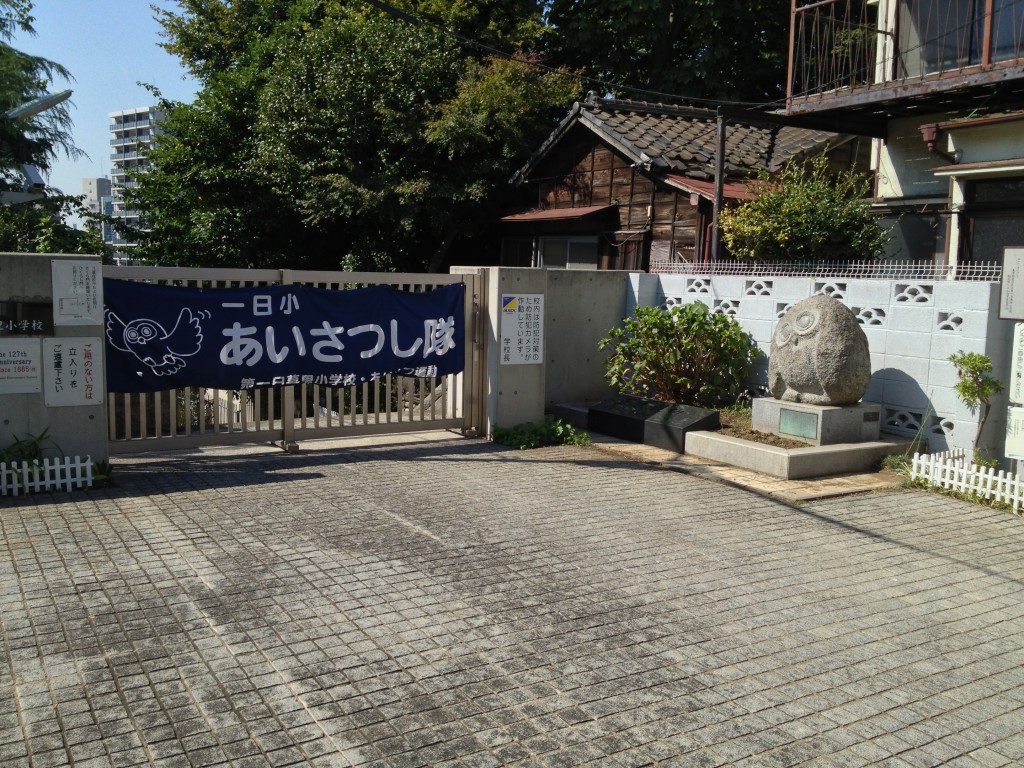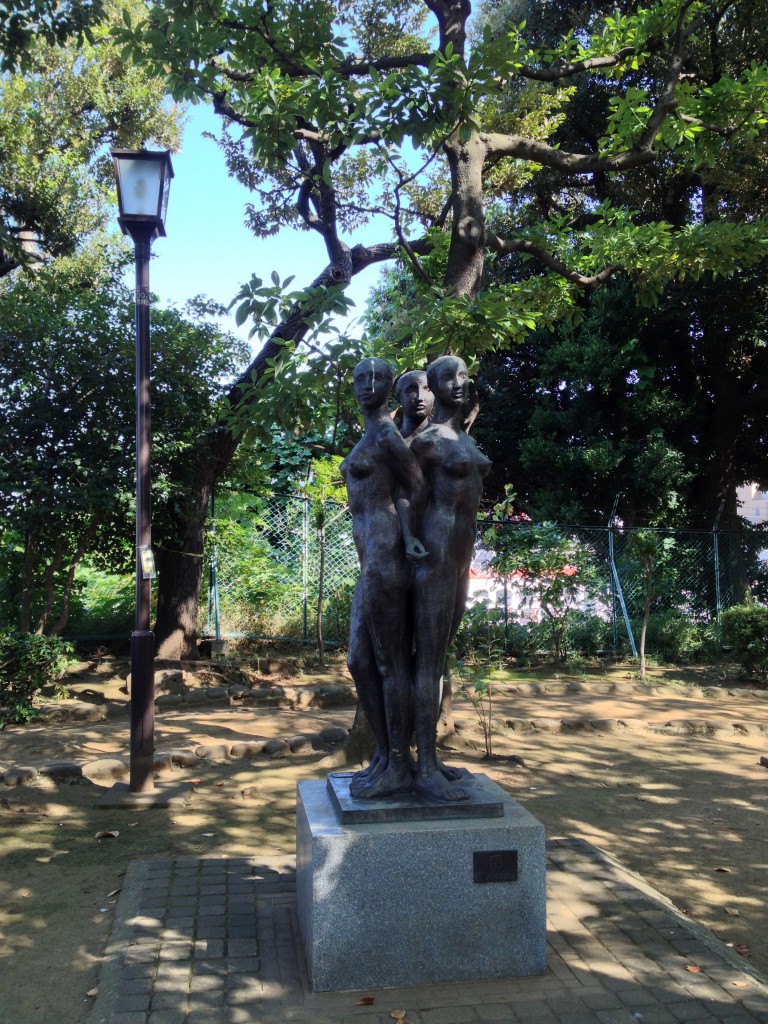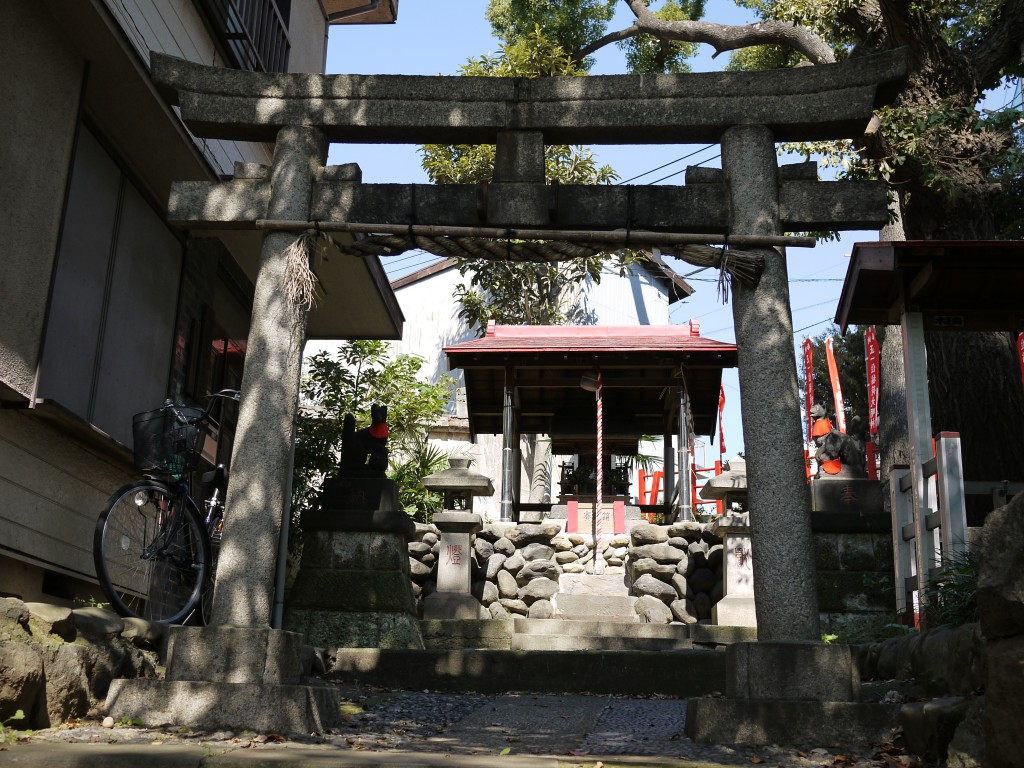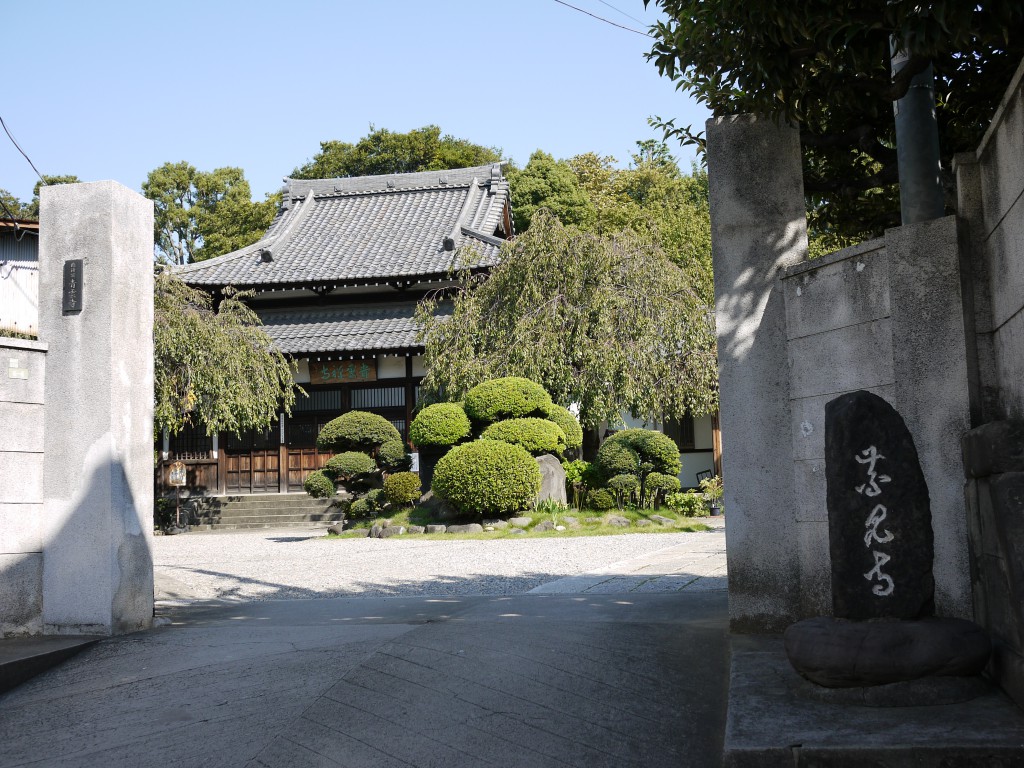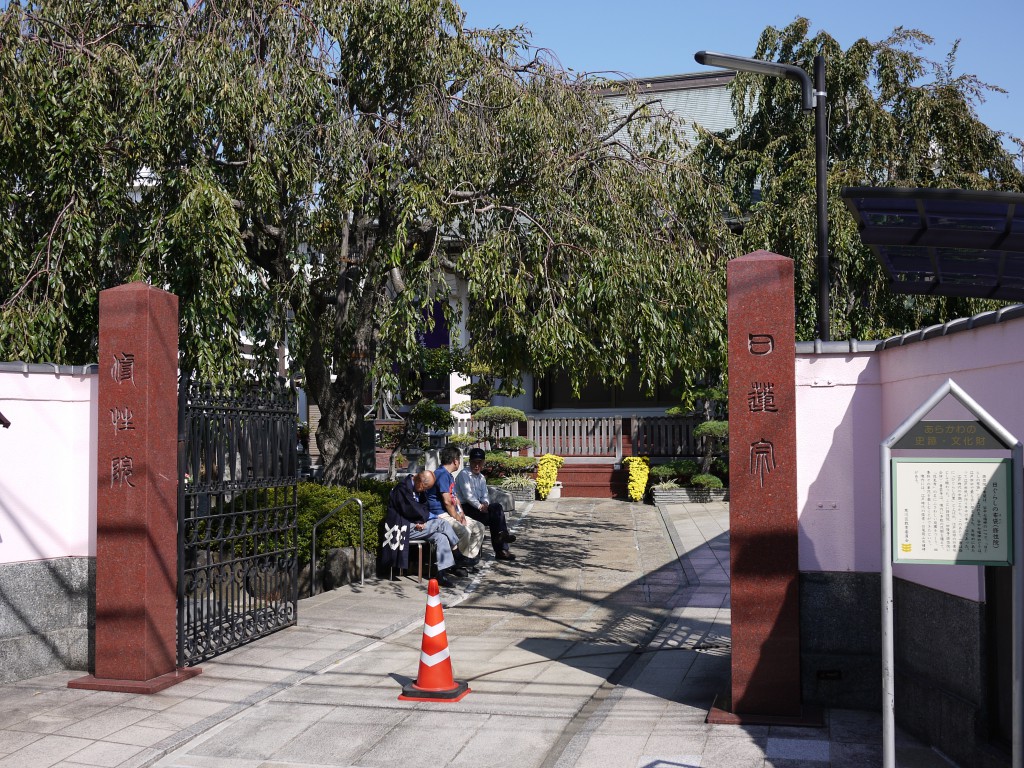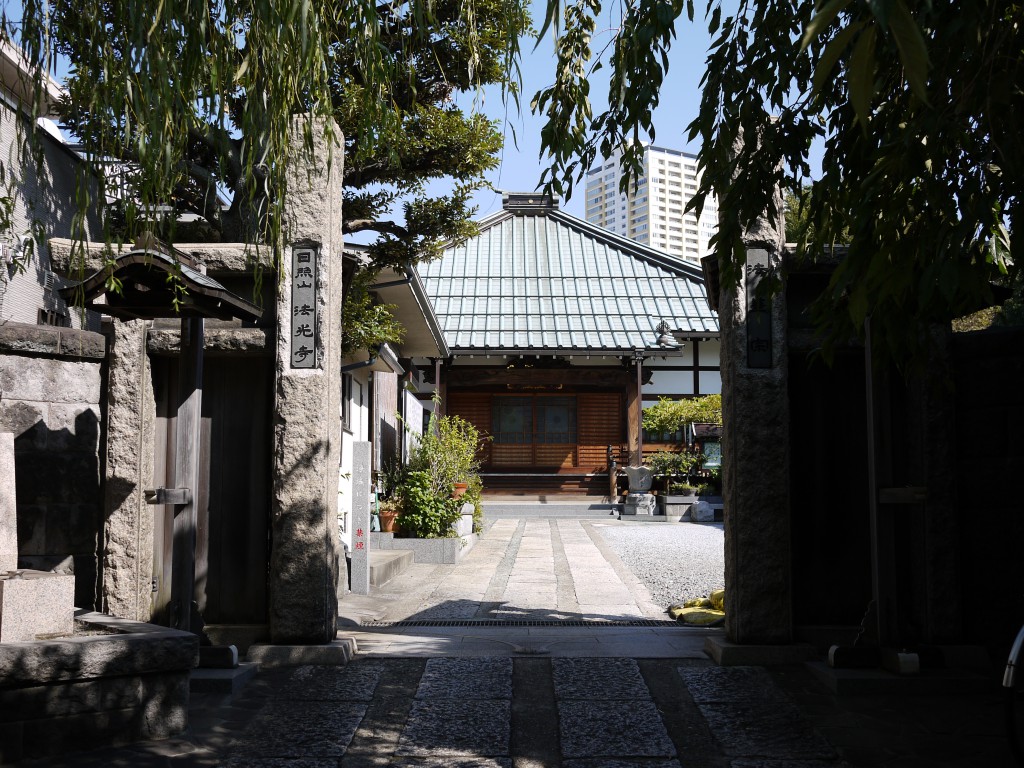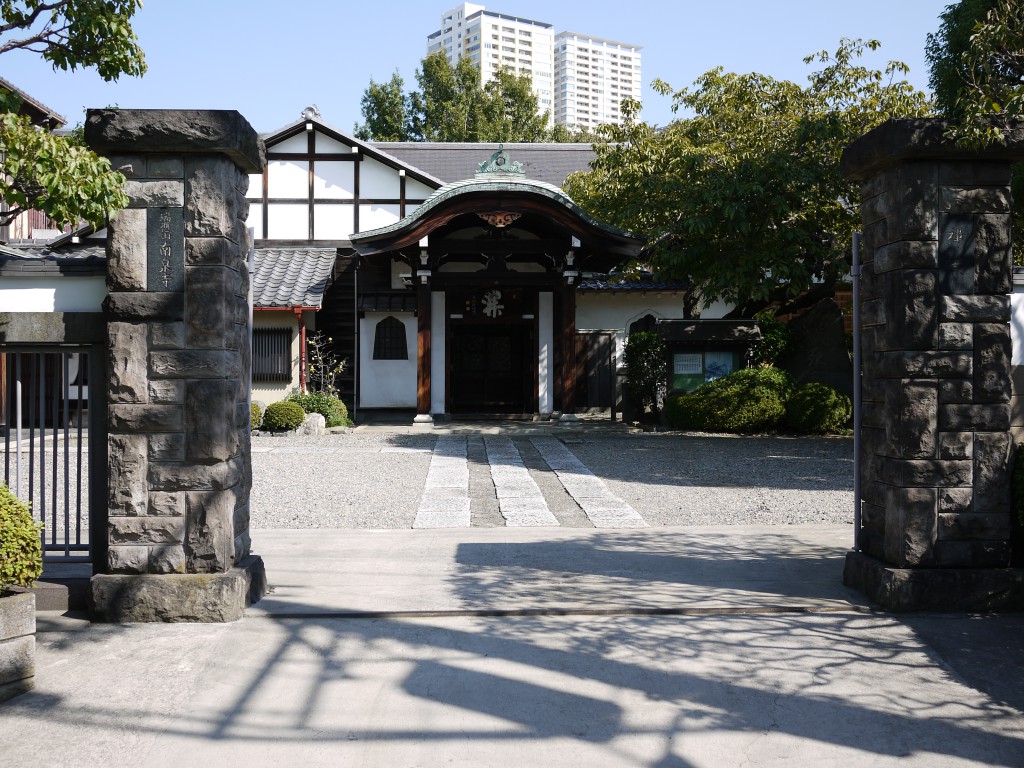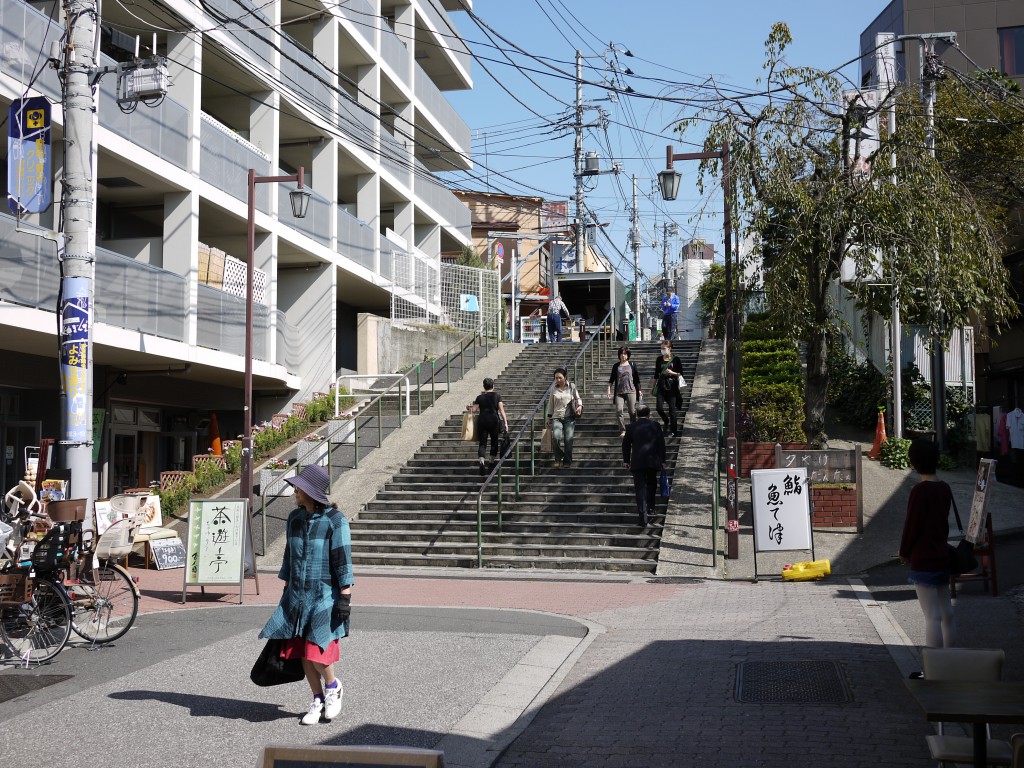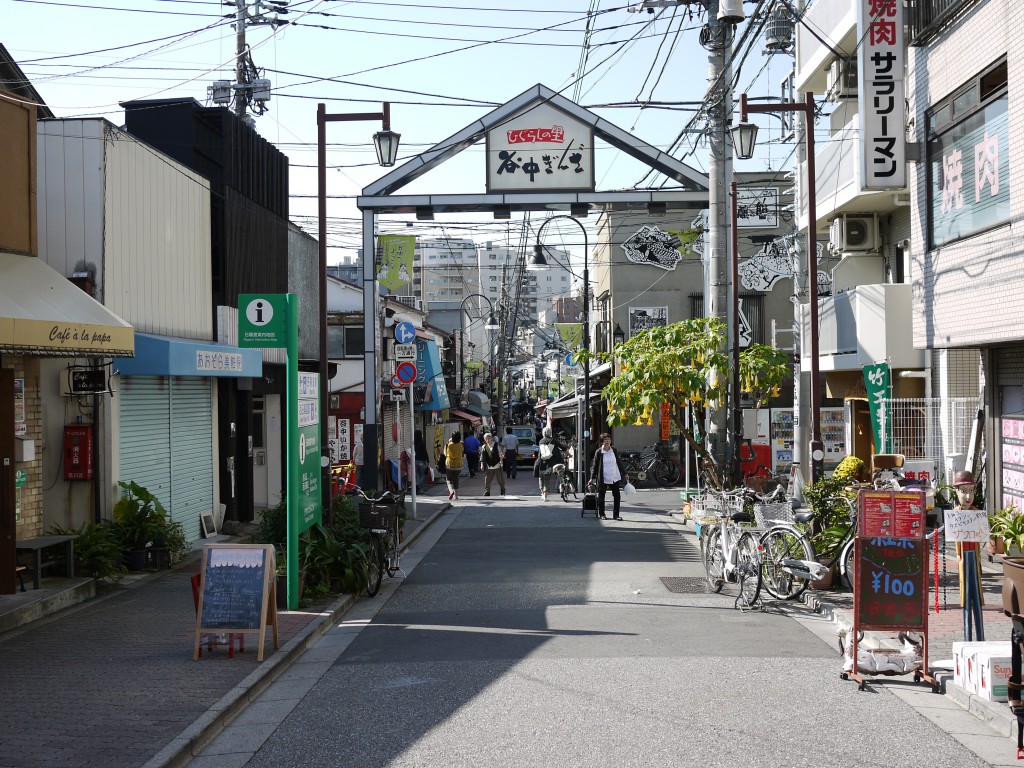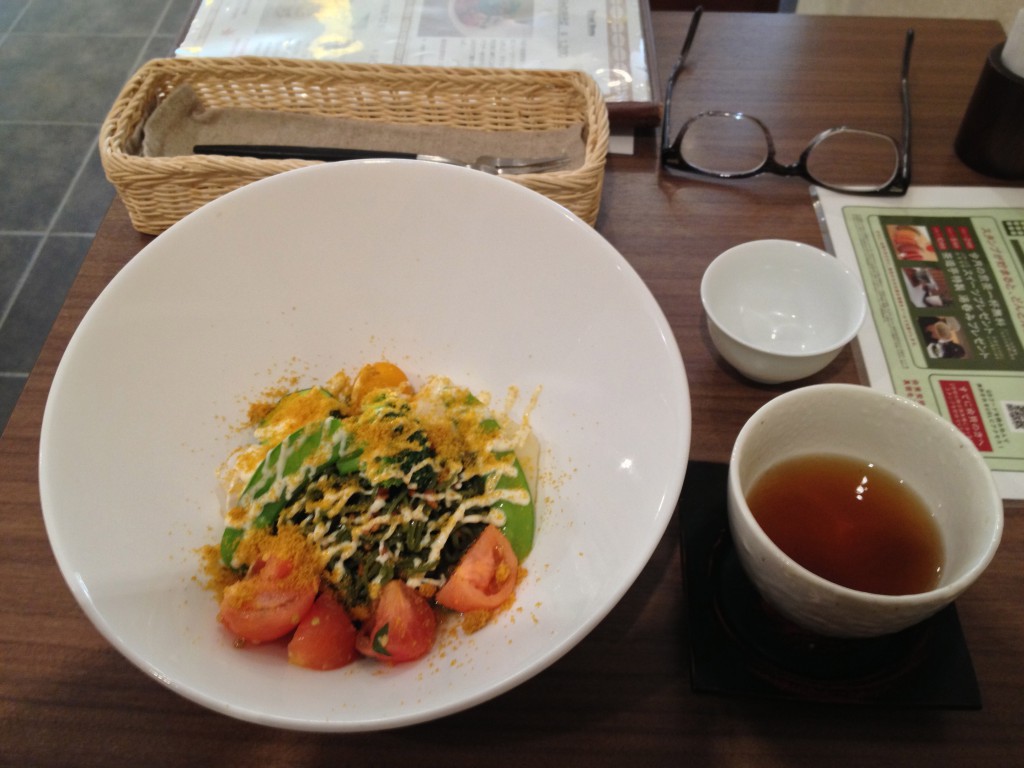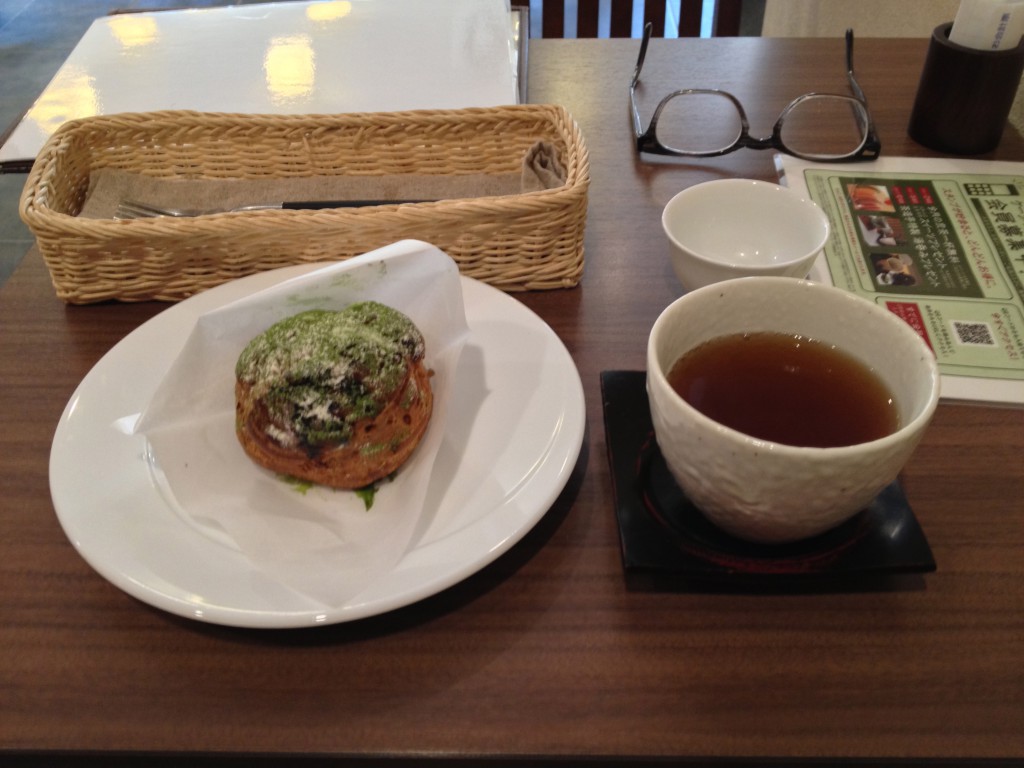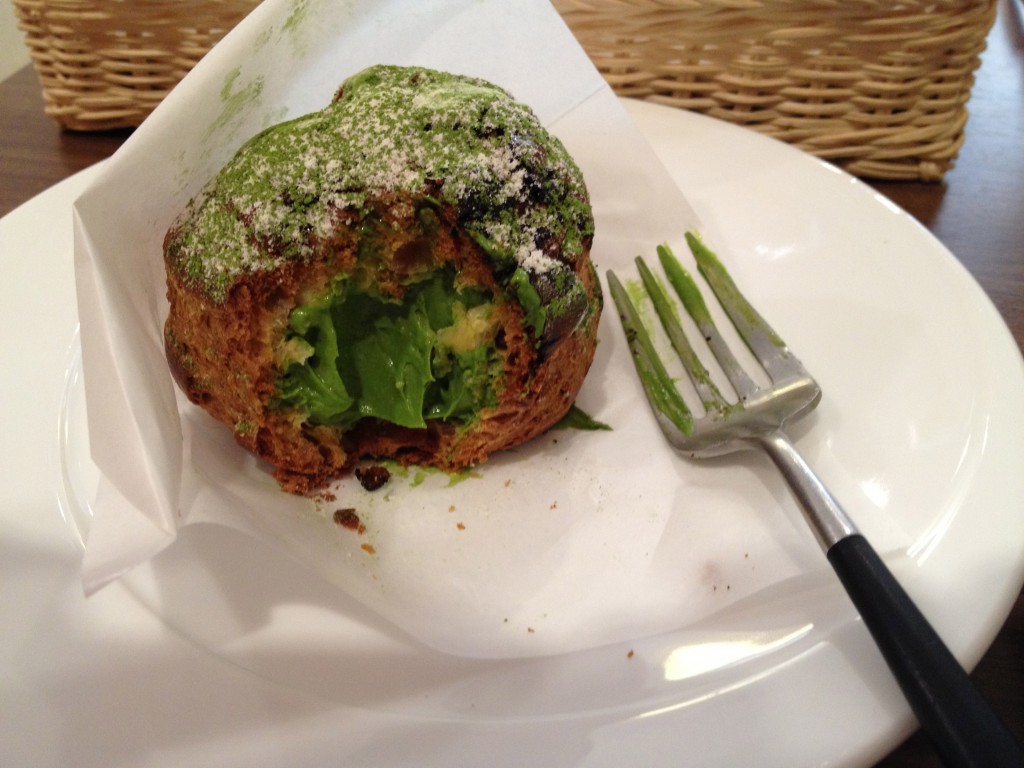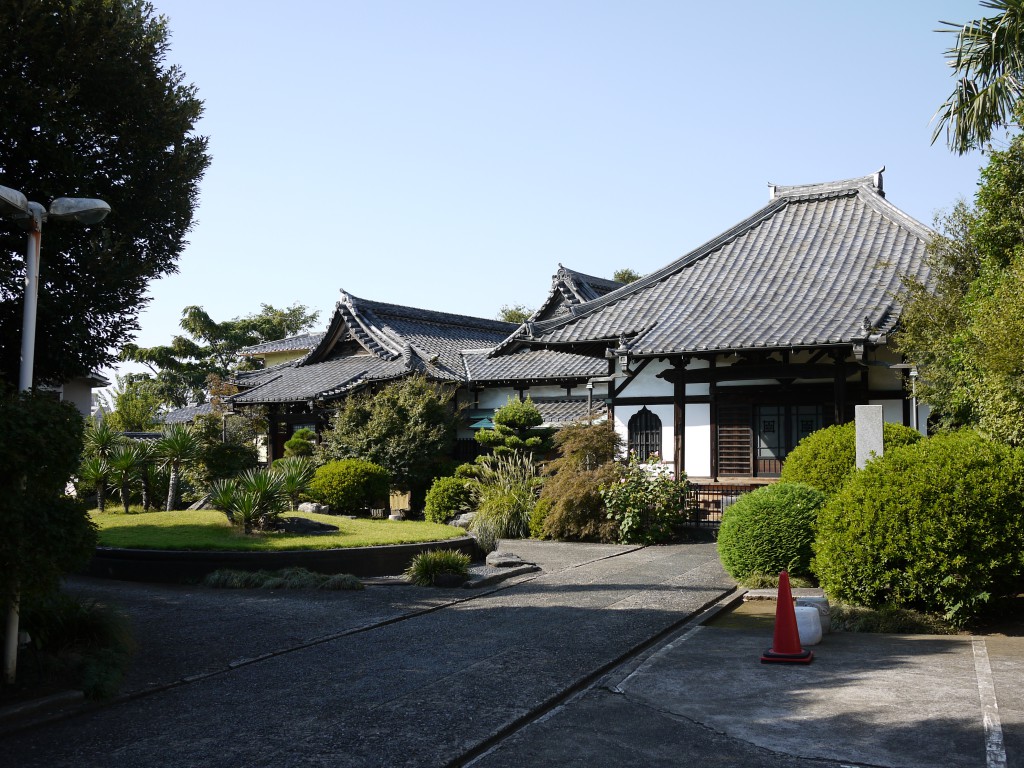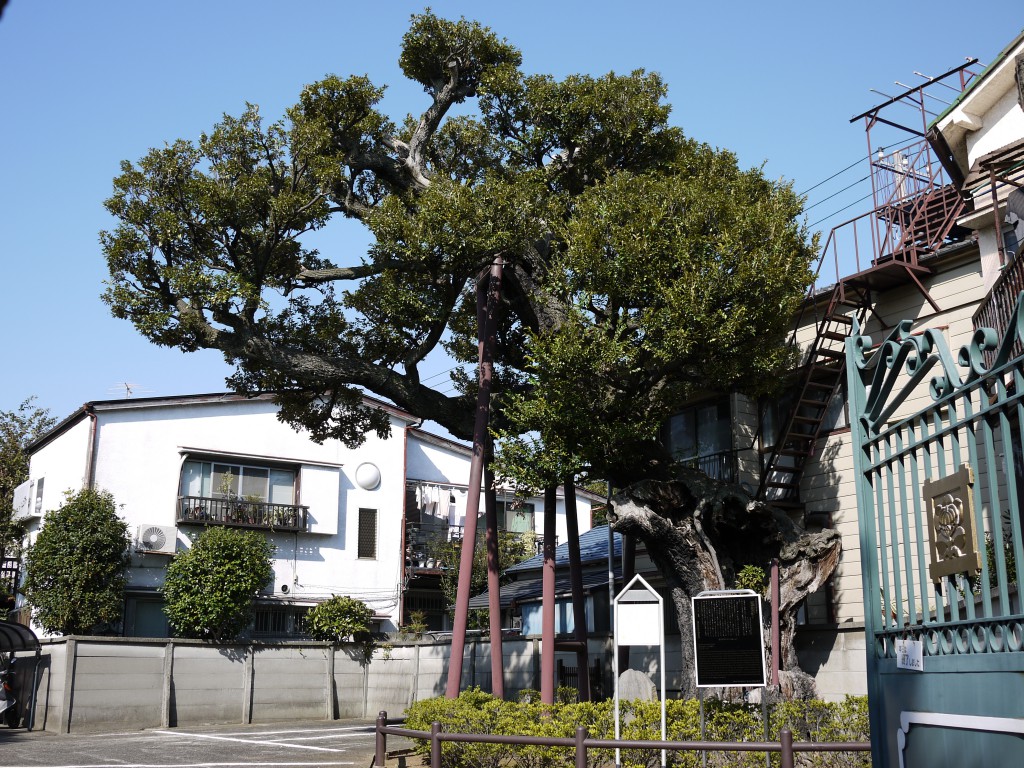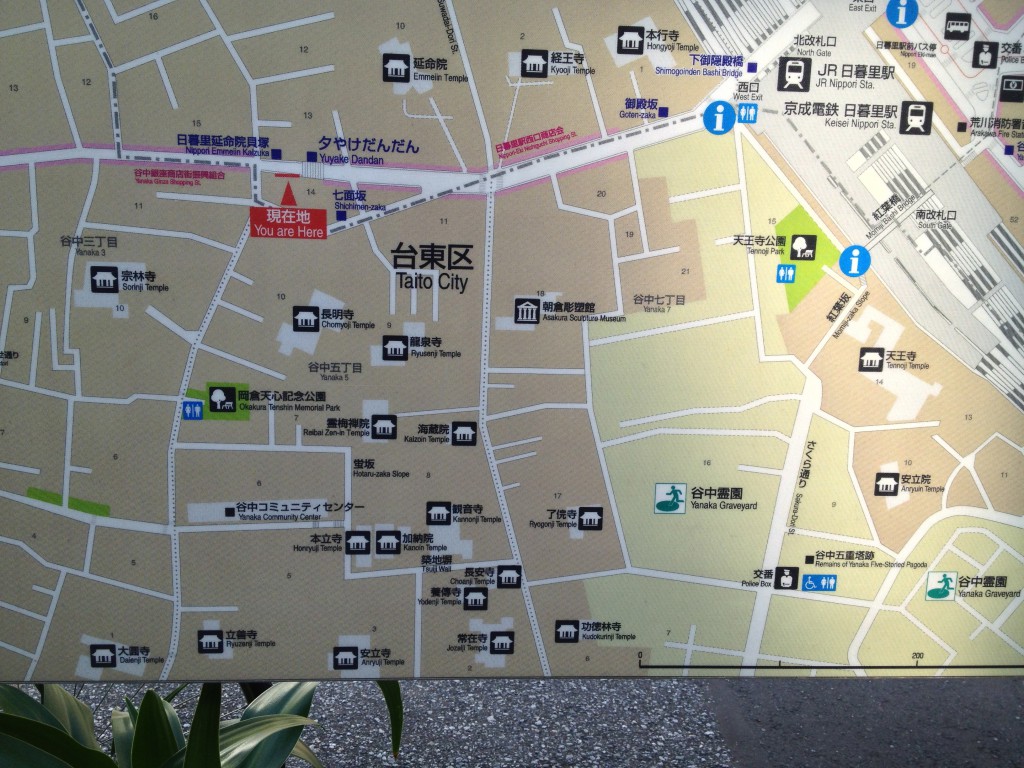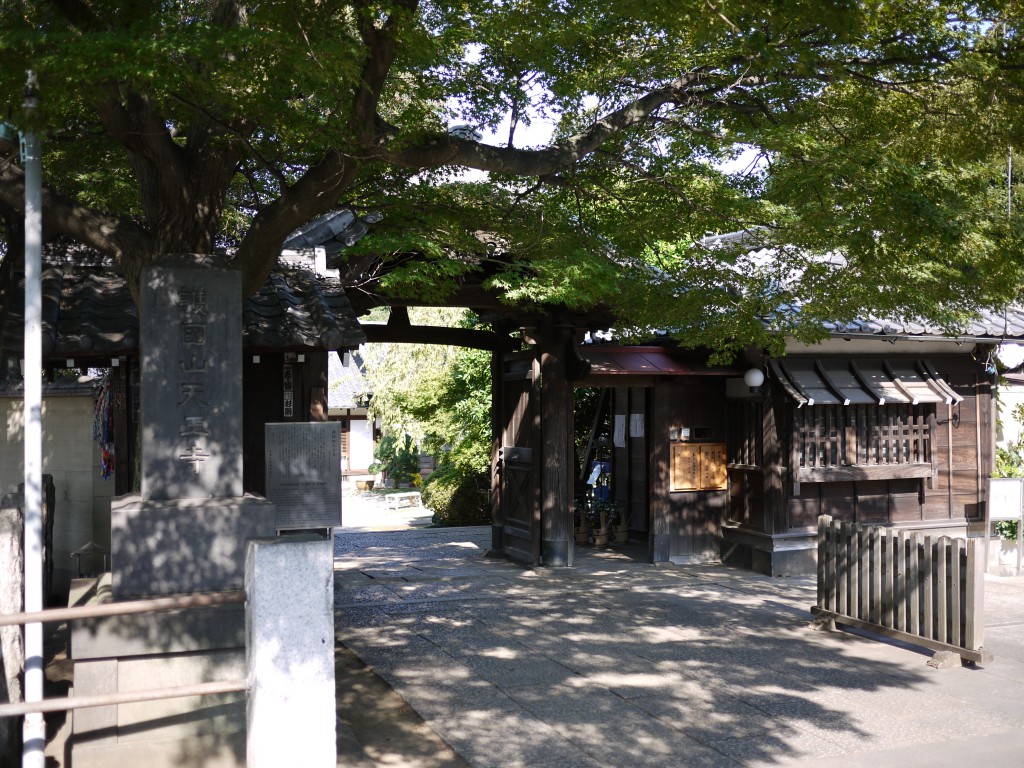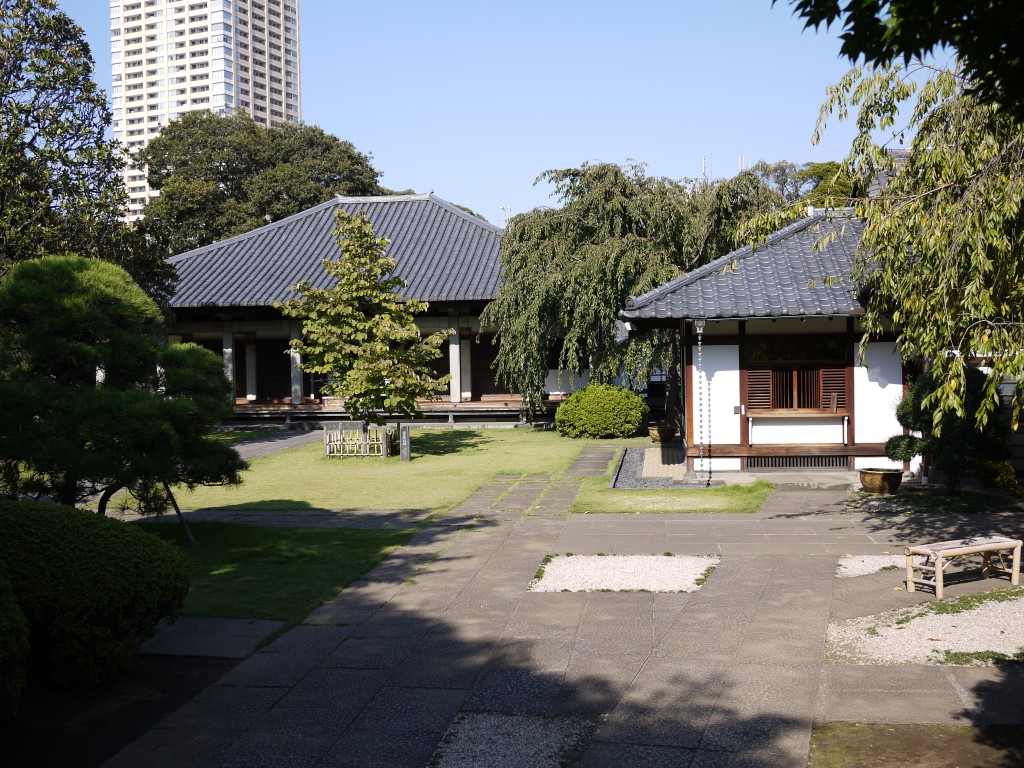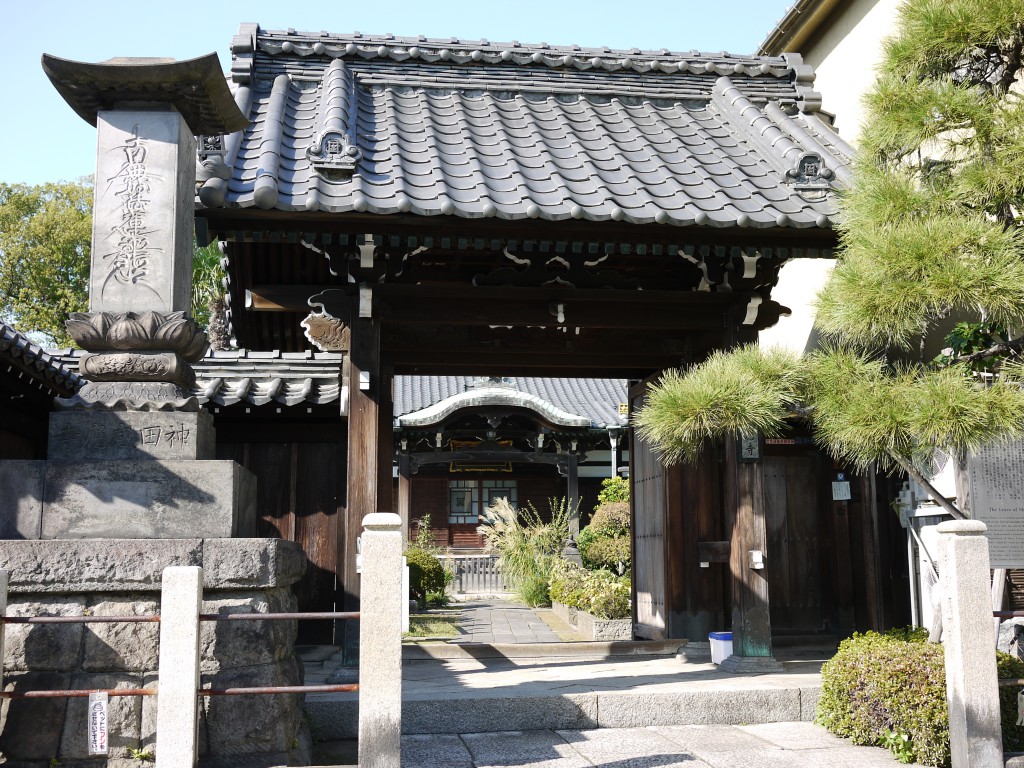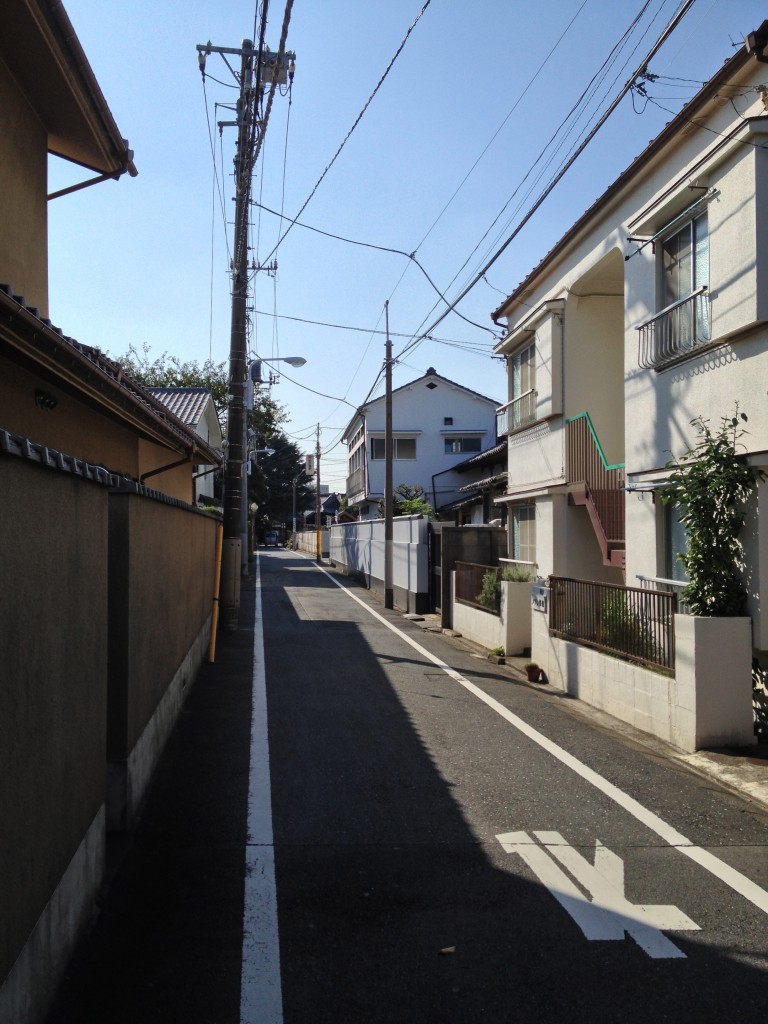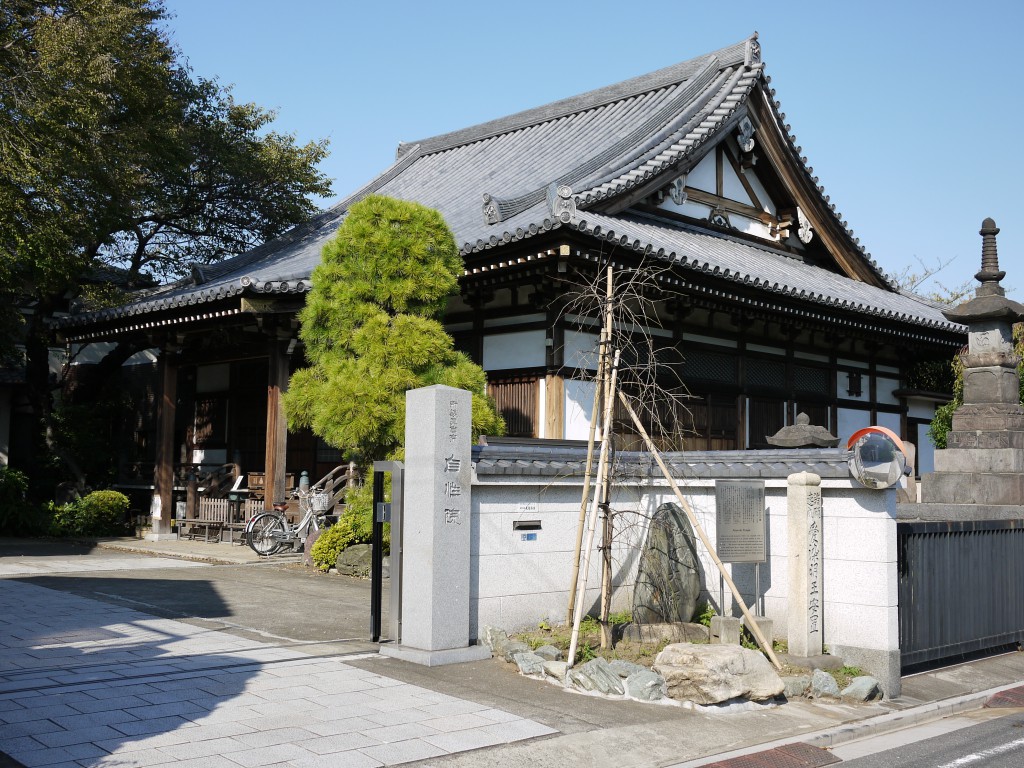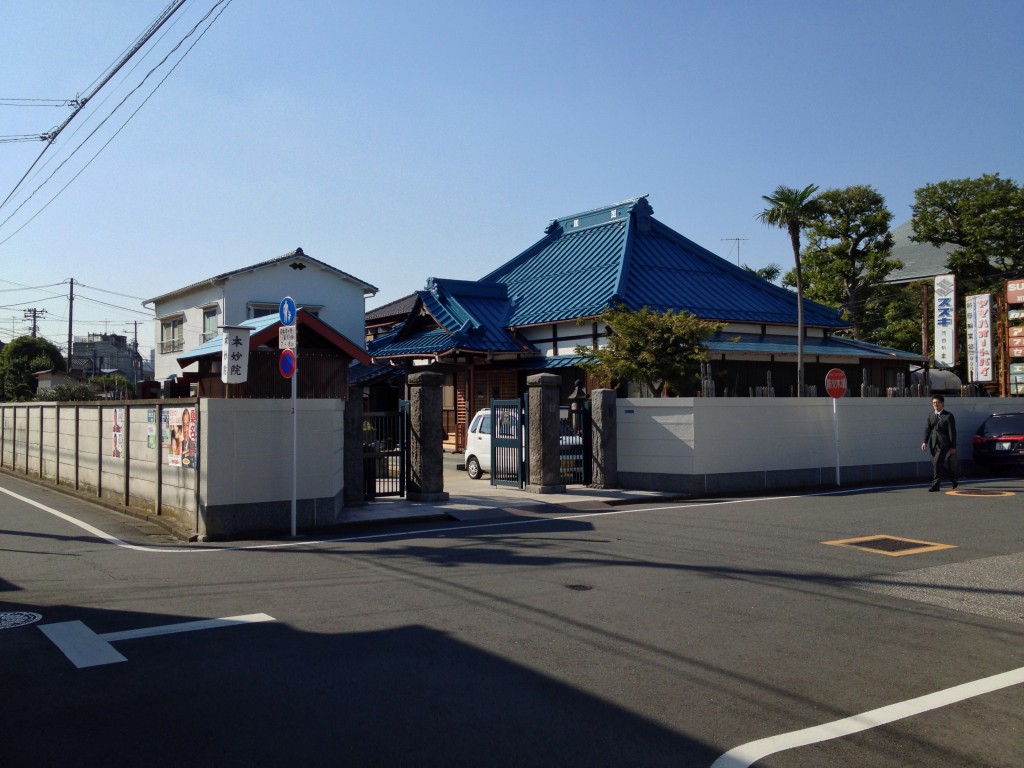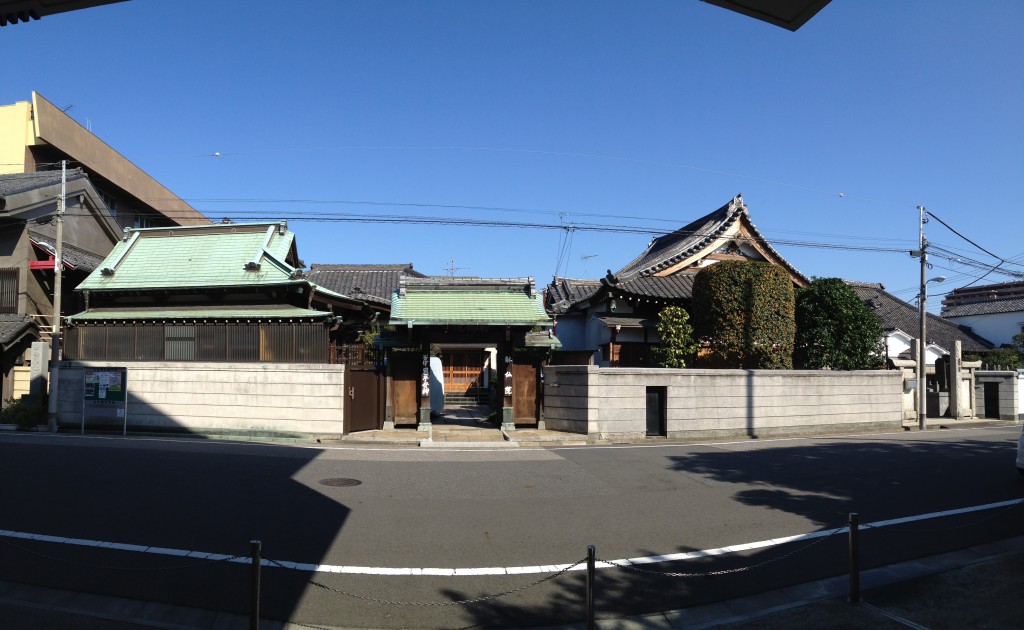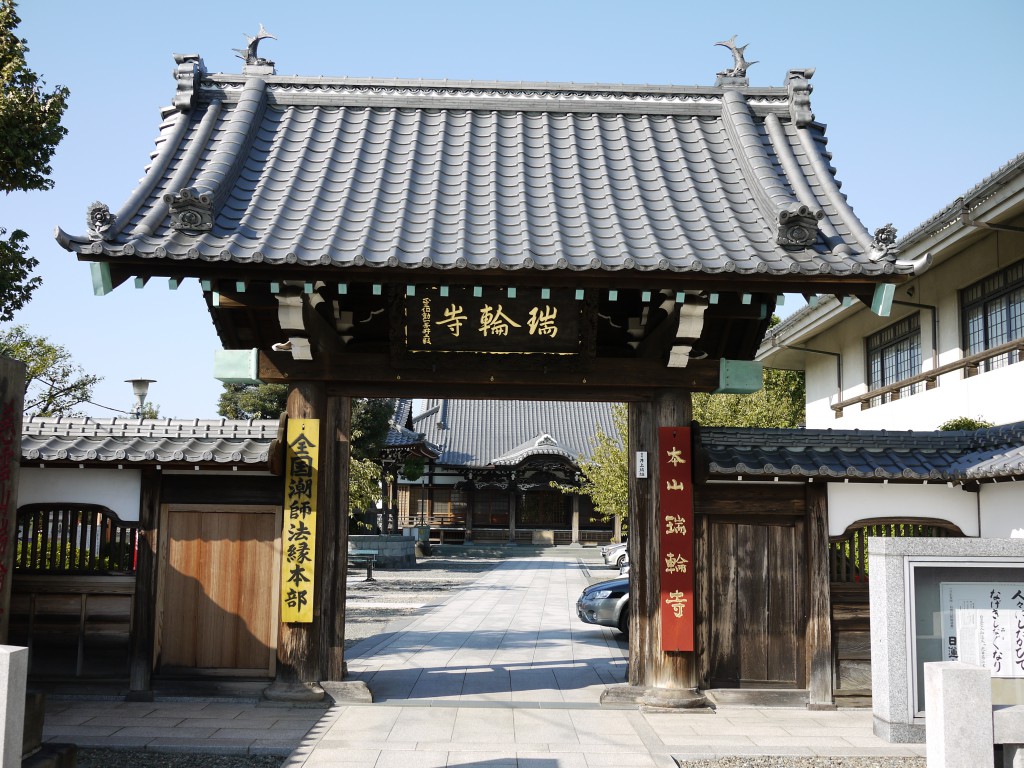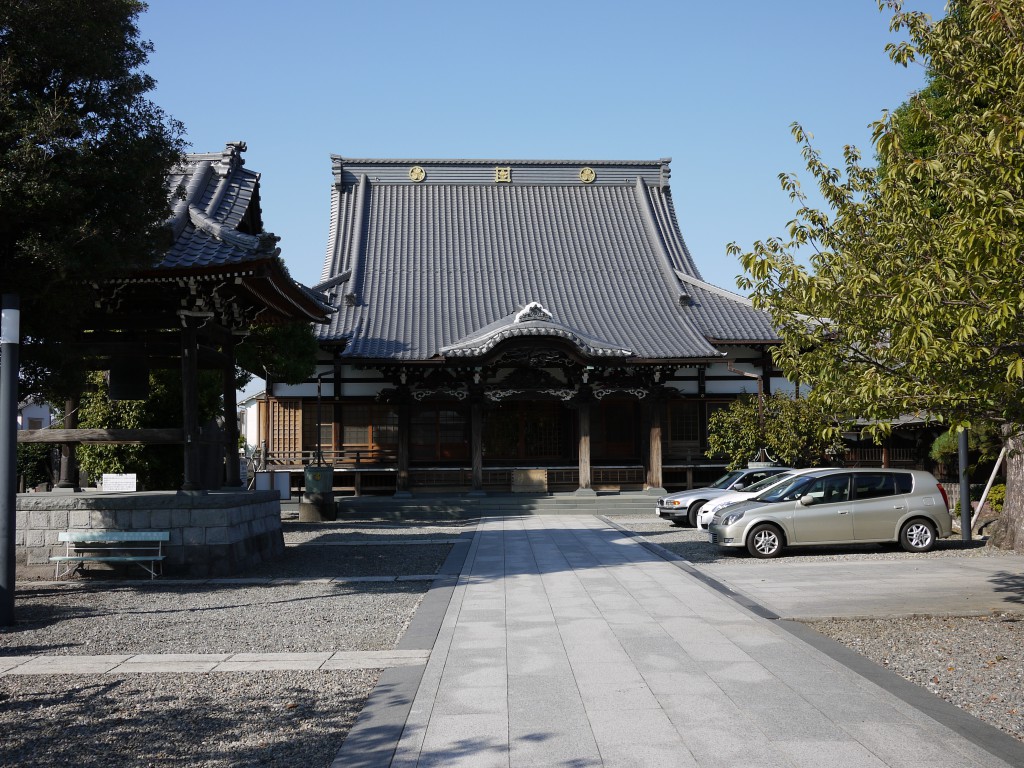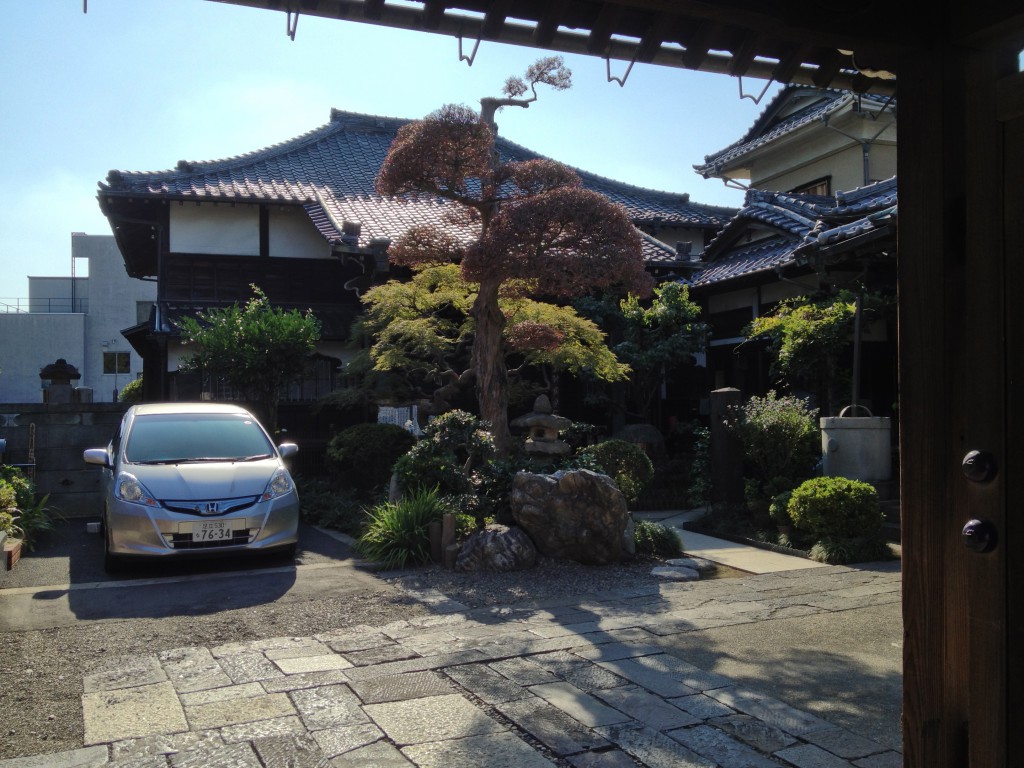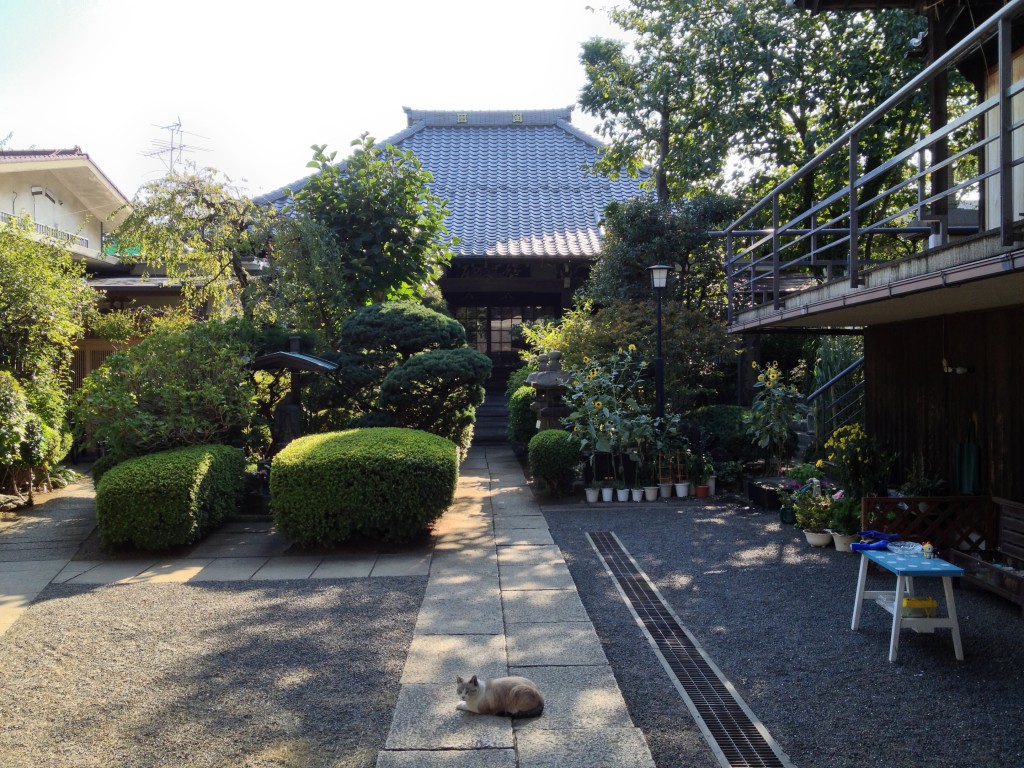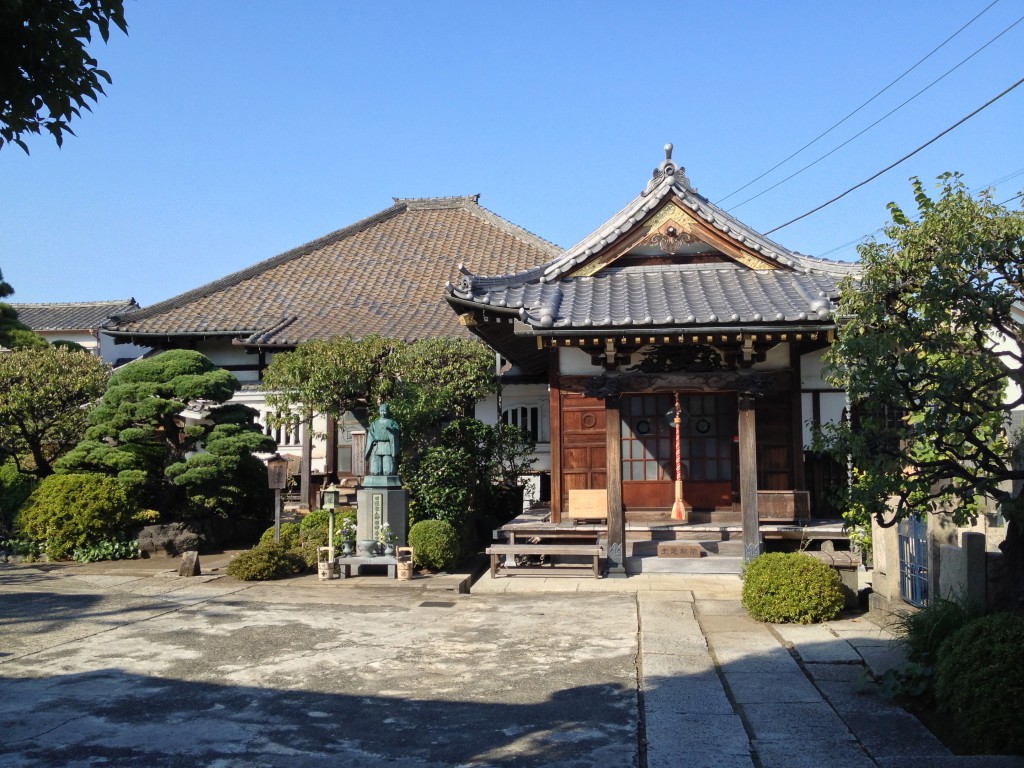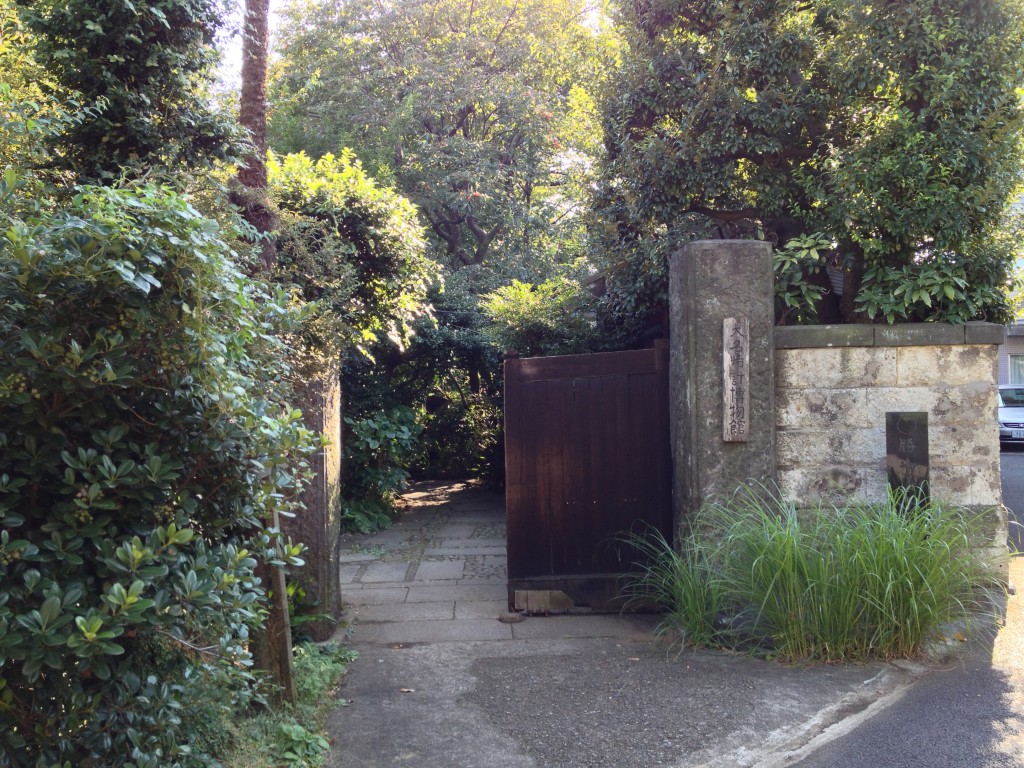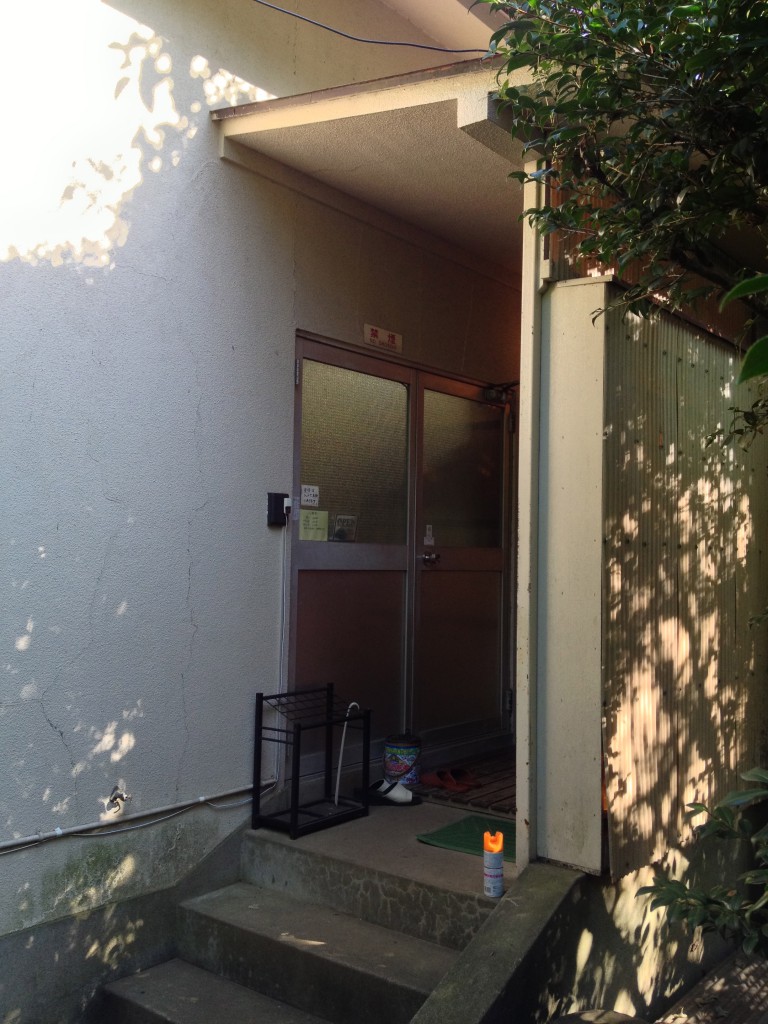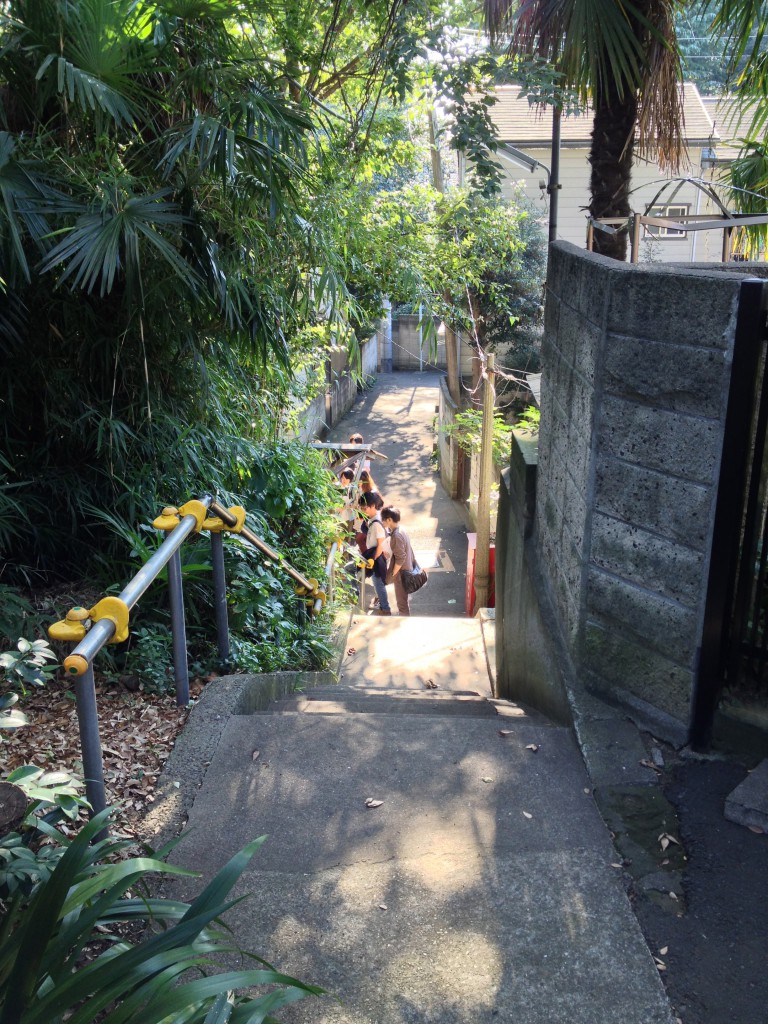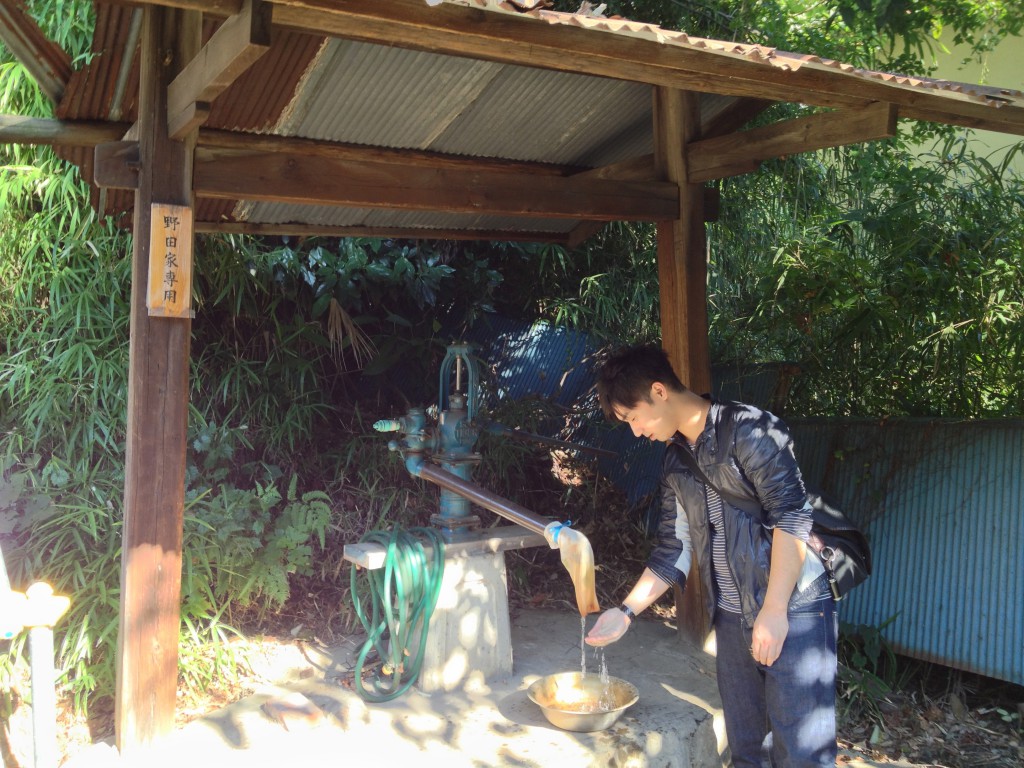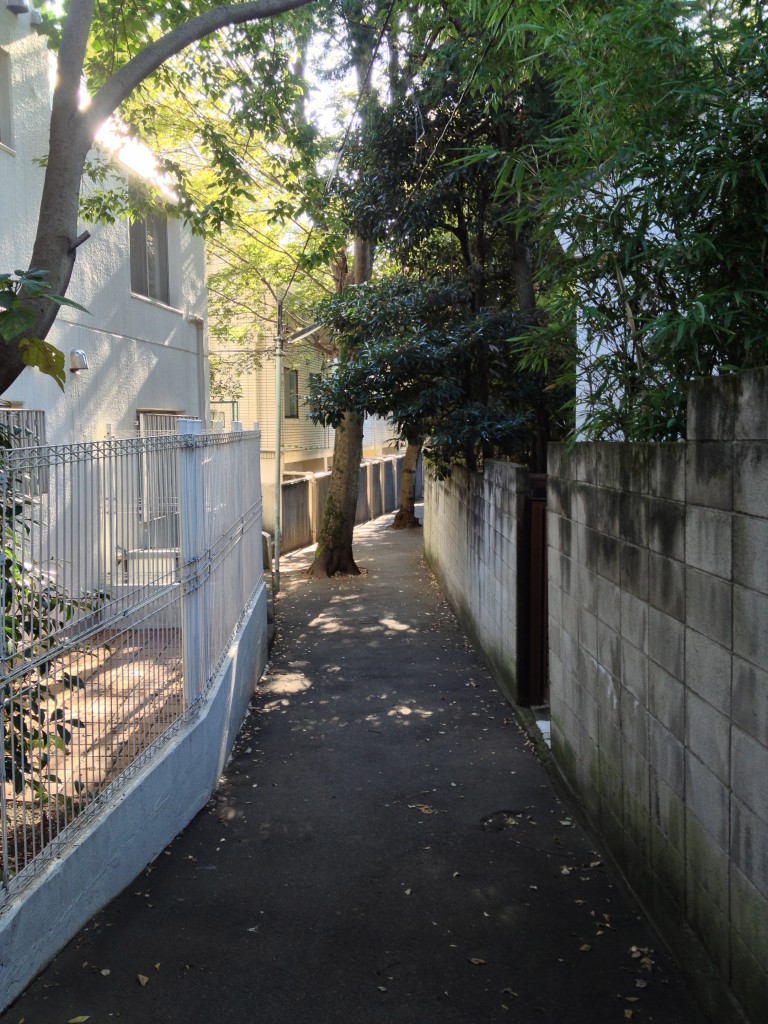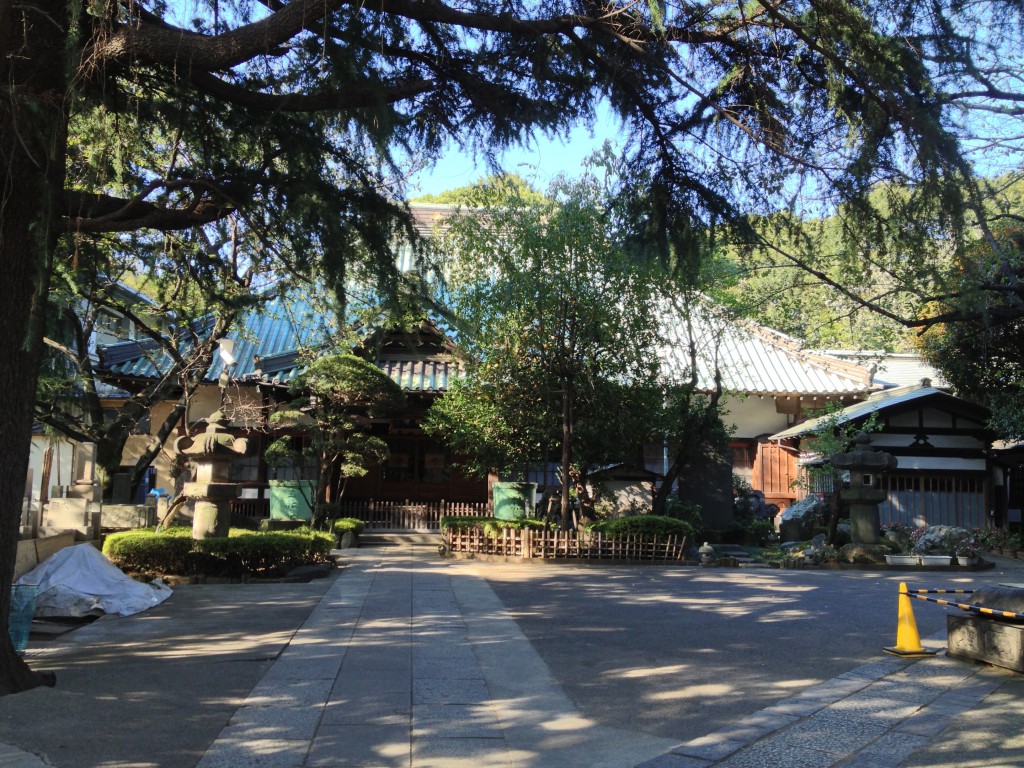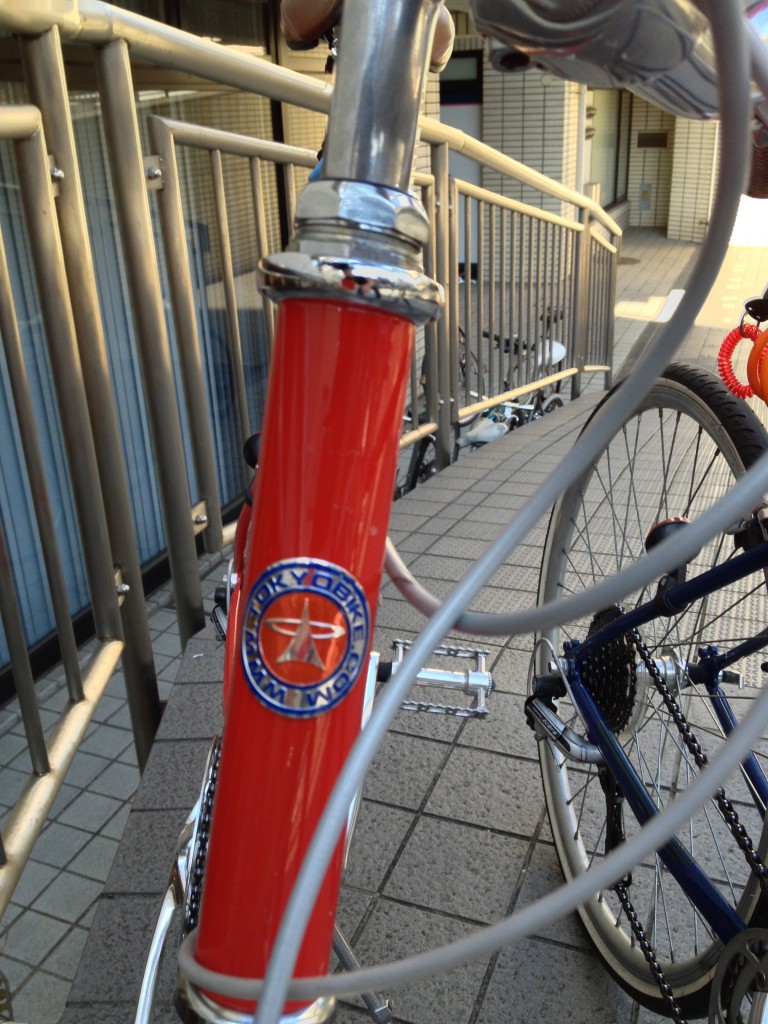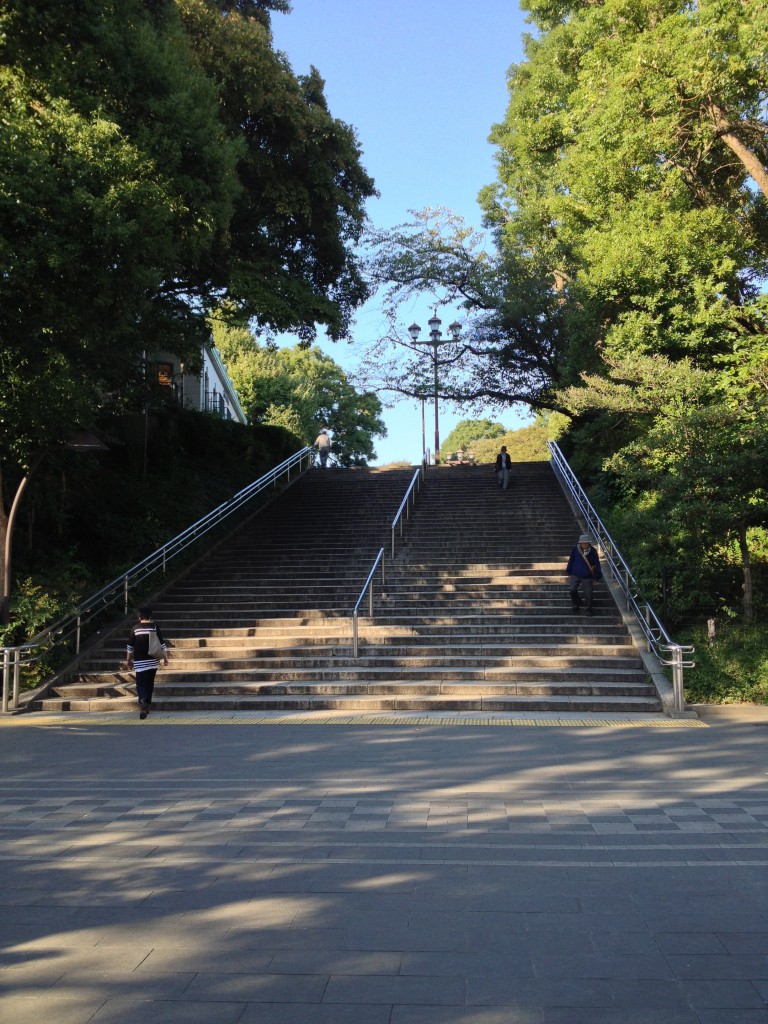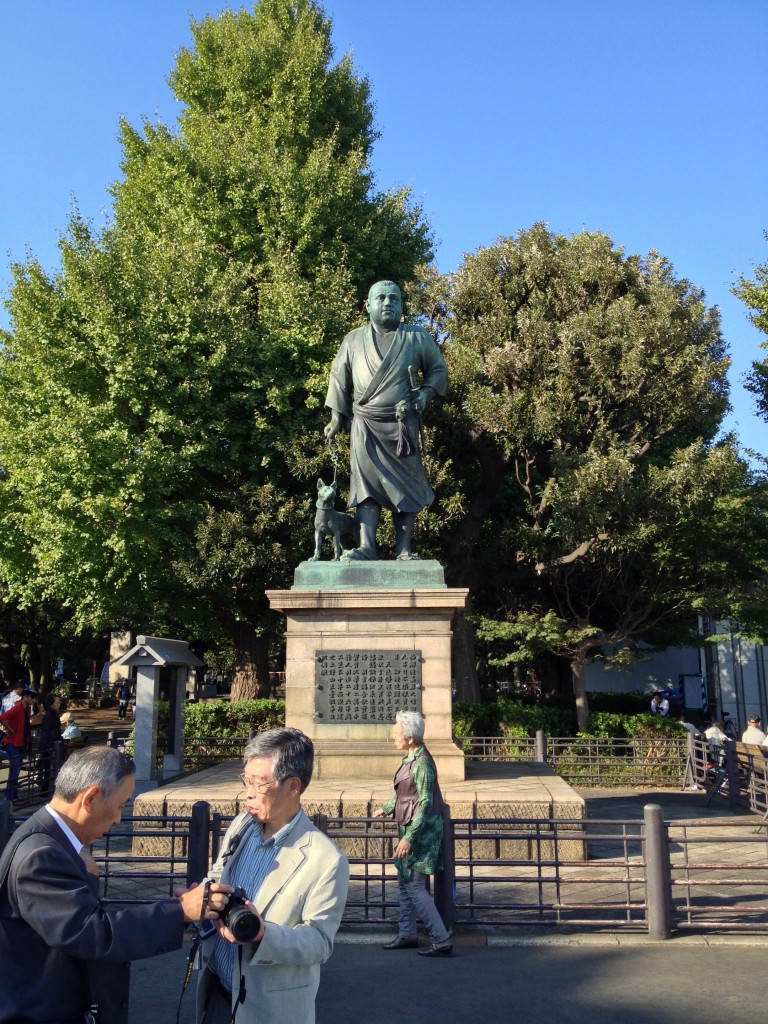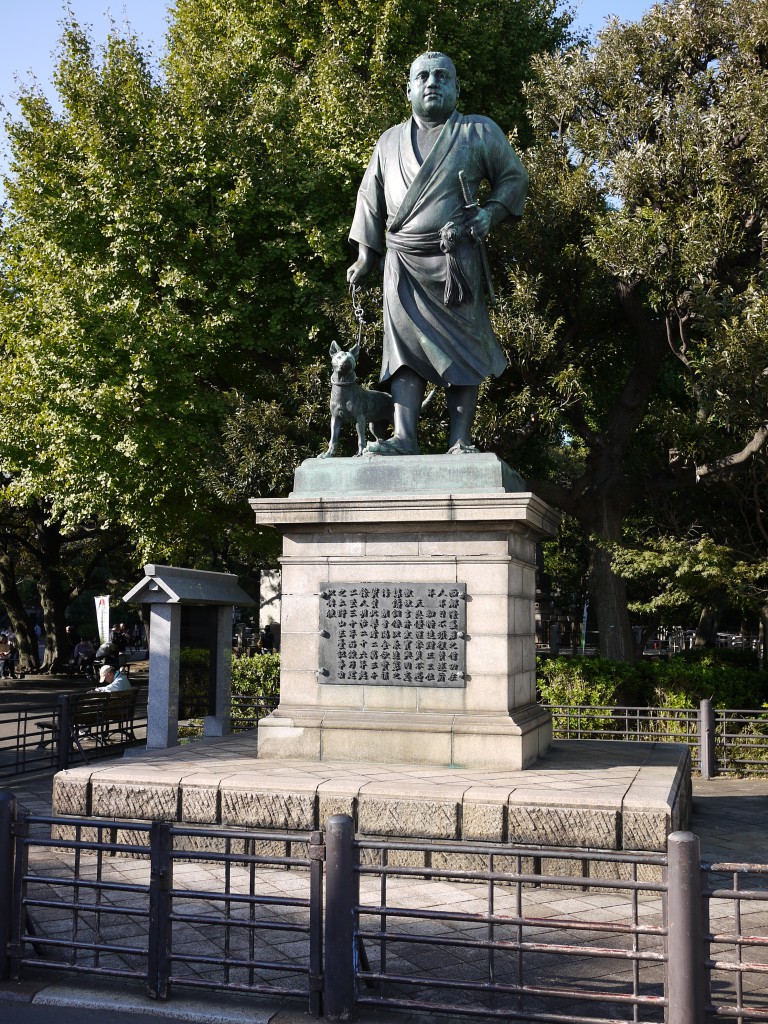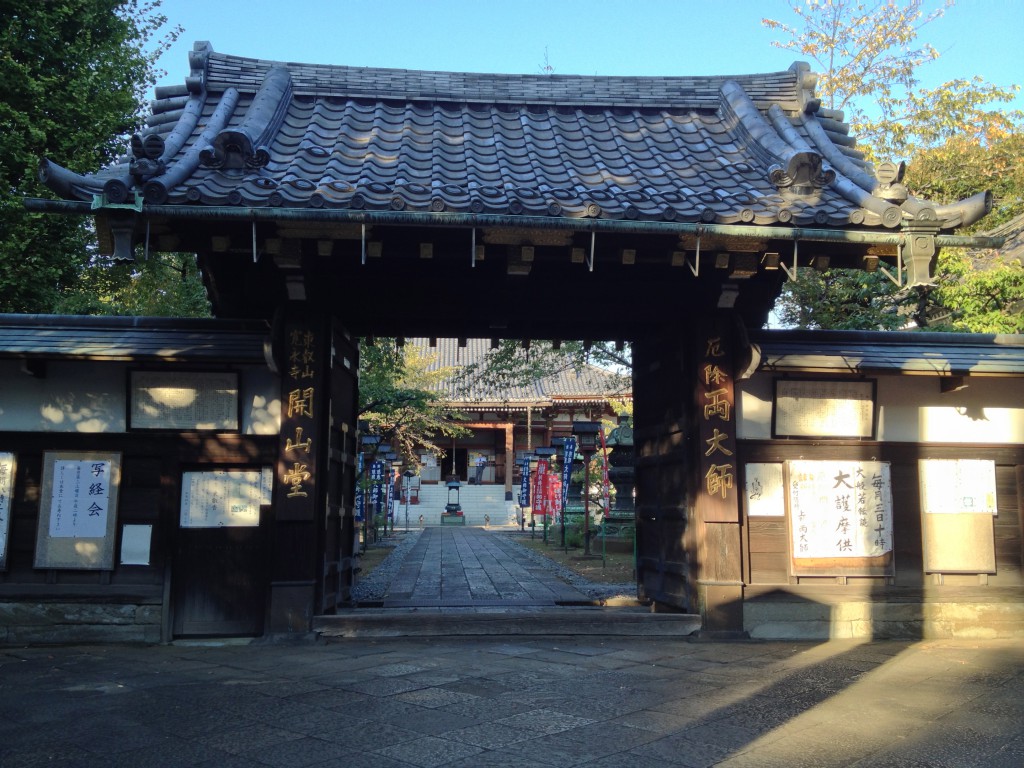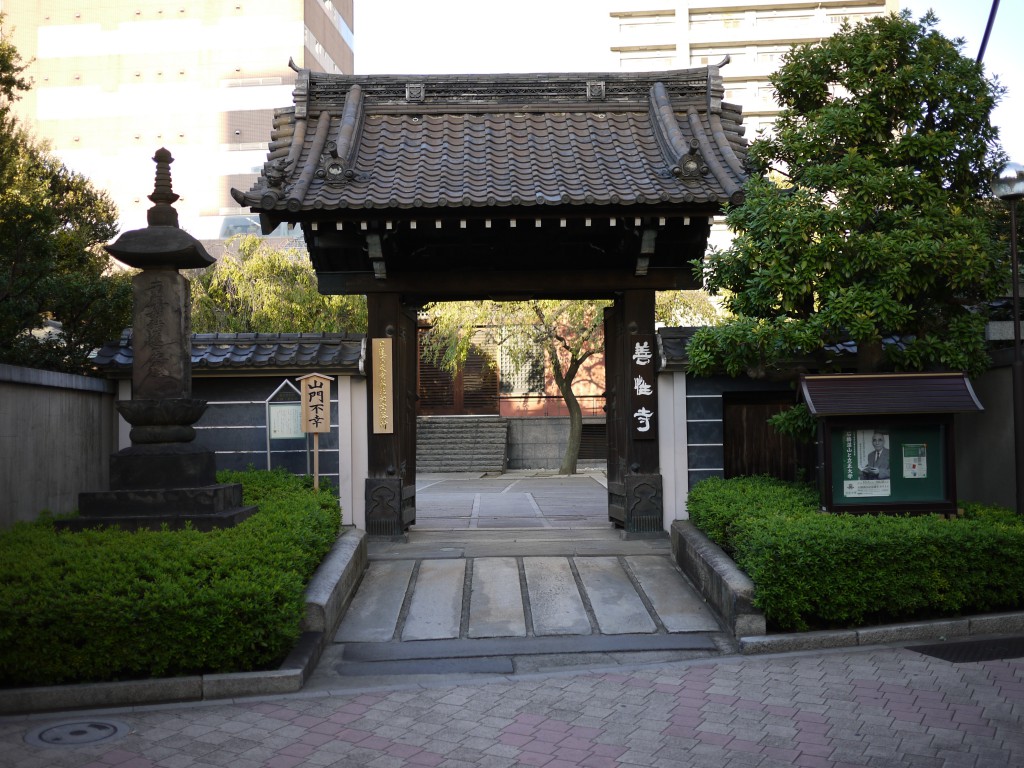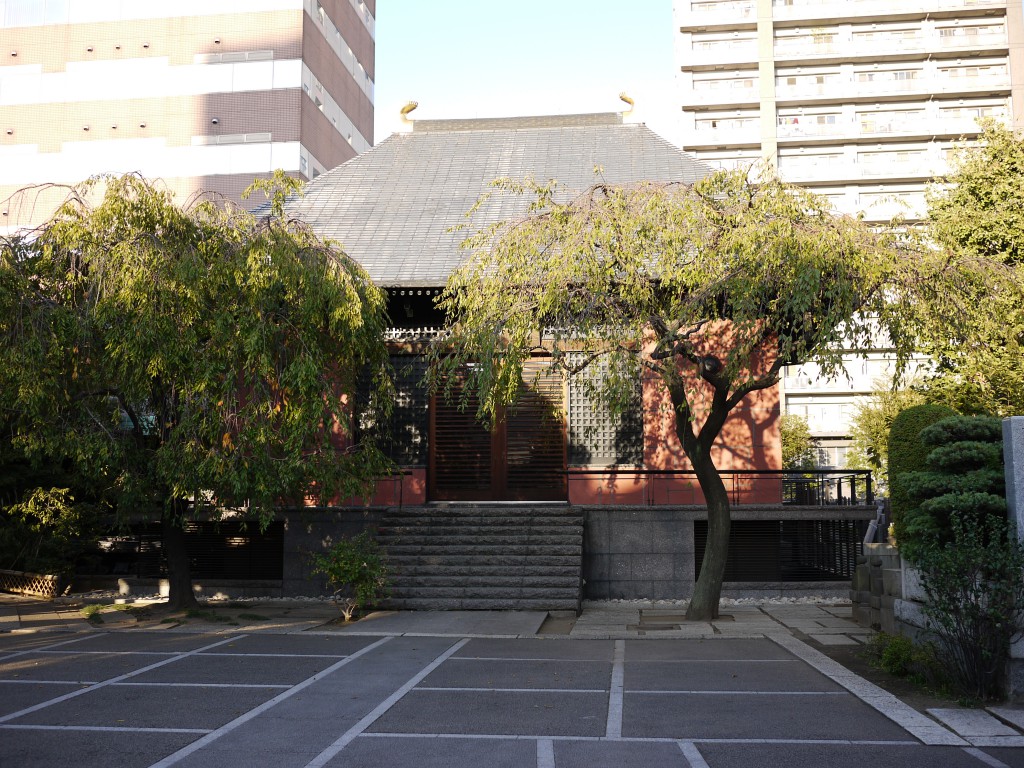Today I was trying to decide what to do, besides drop off some guidebooks at the hotel my sister is staying at. Instead of hanging out in Tokyo with her (and Lim) I’m going to Toyama. I figure adding a few days in Tokyo didn’t make any sense. My mom is going to Toyama at the same time, and is also going to be there while the three of us go to Busan.
I was thinking of going to the Tobu Railway museum, but after looking at the museum on Google maps, I thought it might not be all that interesting since it looked so small. My mom mentioned old buildings that survived the fire bombings of World War II but I couldn’t figure out where that was. So I decided to go to Arakawa Ward since there’s a bridge they also call the train museum.
I didn’t stay long enough to see the Shinkansen trains. or anything beyond the Yamanote line and I think the Tobu line on the very right-hand side of this picture.
The map I had showed a 30-minute walk through the temples which I turned into another five hour trek. This area is temple central and I’m thinking many of the temples I saw were of the Nichiren sect. This is the gate of Hongyōji Temple.
This is the temple itself.
Around the corner is Kyōōji Temple.
According to the guide, “After losing at the Battle of Ueno in 1868, members of the Shōgitai (an elite corps of the shogunate) hid themselves at this temple where they were confronted by troops from the new government. Bullet marks form the fighting can still be seen on the main gate.”
The temple itself is undergoing repairs.
Keiunji Temple, which isn’t mentioned much in the guide.
This is the gate of of Yōfukuji Temple with two guardian statues carved by Unkei.
The temple itself is less impressive.
On the way is also Fujimisaki slope, where you can see Mt. Fuji on a clear day (not a hazy day like today). This slope is seen in a lot of wood block printings.
Next to each other are Jōkōji Temple and Suwa Jinja shrine.
The temple is newly rebuilt and is known for it’s good view.
The shrine is a little bit more traditional.
This is a stone owl at the back of an elementary school commemorating the school’s 100th anniversary. The placard next to it is engraved with the handwriting of Kōtarō Takamura, a poet and sculptor who graduated from the elementary school.
The path passed through Nishi-Nippori park where there was a statue. There was a sign describing the statue on the street, but it was in Japanese so I’m not sure of the significance.
The path continued around Kaisei Senior High School which is one of the best high schools in Japan. There’s a tiny shrine nearby that is used to pray for success in entrance examinations.
Then the path continues down to the area that’s at the bottom of the slope. Next is Seiunji Temple.
Next door is Shushōin Temple, that is supposed to have be in lots of Utagawa Hiroshige’s wood block prints and houses a statue of of one of the Seven Lucky gods. I didn’t see the statue but the parking lot was full of cars and bicycles and I could hear Nichiren chanting from inside.
Hōkoji Temple.
Nansenji Temple.
These are the Yūyake Dandan stairs. The tea shop to the left is where I had lunch.
Looking behind me from the stairs is an old shopping area.
Lunch was tea soba. The small teacup had umekombu tea (which I drank before I took the picture) and the other cup has hōjicha.
I noticed my friend Megan had good medical news and said to have a dessert in celebration, so I had a matcha cream puff.
This is Emmei-in Temple.
The guide book (and the placard) mainly talk about the chinquapin tree which is a national monument.
After that it was off in the direction of Ueno station to try to buy another (cheap) bag. I almost gave up because I looked at a map and saw the number of temples that overwhelmed me.
I wish I could remember anything about this Nichiren temple.
After this was the large graveyard of the Ieyasu clan.
After the cemetery was residential streets.
That didn’t slow down the number of temples.
This is the temple of a samurai who made the first waterworks in Edo.
A huge temple deserving of a civil engineer (I’m an infrastructure nerd).
I kept seeing signs for the Daimyo Clock museum, so I headed off in that direction. what did I find? More temples.
The signs led me to this overgrown garden.
This is the entrance to the museum. It was a single room full of old clocks. Not sure if it was worth ¥300, but that’s just because I couldn’t read any of the signs. Cool clocks, though.
Then it was off to try to find my way to Ueno Park. I found myself on a tiny path between houses.
This is what everyone was looking at, a hand pump.
The path got narrower, but it went through.
At the very end was another temple, then city streets.
And a rental bicycle store.
One of the things I missed on the my last trip to Ueno was the giant statue of Takamori Saigō. Of course I found a way to have to climb a bunch of stairs to get there.
I could tell it was popular because people kept getting their picture taken in front of it.
I bought another bag at Ameyoko, this time a gym bag for the huge price of ¥900.
Then I thought iI’d walk back to Nippori Station so I could see Zenshōji Temple.
I think I saw this the last time I was in Ueno.
Turns out I took the LONG WAY to get from Ueno Station to Nippori Station and it took me by hundreds of love hotels. I saw policemen patrolling the area in groups.
I finally made it to Zenshōji Temple, where the mother of the sixth Tokugawa shogun is buried.
Other than the history, it wasn’t that impressive.
It’s supposed to rain tomorrow and I have a ticket for the Ghibli museum. I have to get out early to get there. Then it’s time to pack for my trip to Hamamatsu, Nagoya, and then a week and a half in Osaka. I just got a ticket to visit the Toyota factory, so I have to change my train tickets from Hamamatsu to Nagoya. I guess I get to stand in line at the train station again as well. I don’t like it when my trip starts sounding like work. I guess I’m just lazy.
